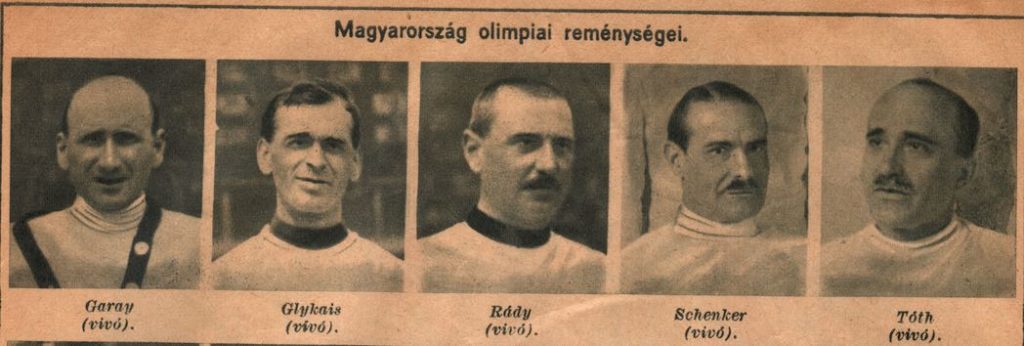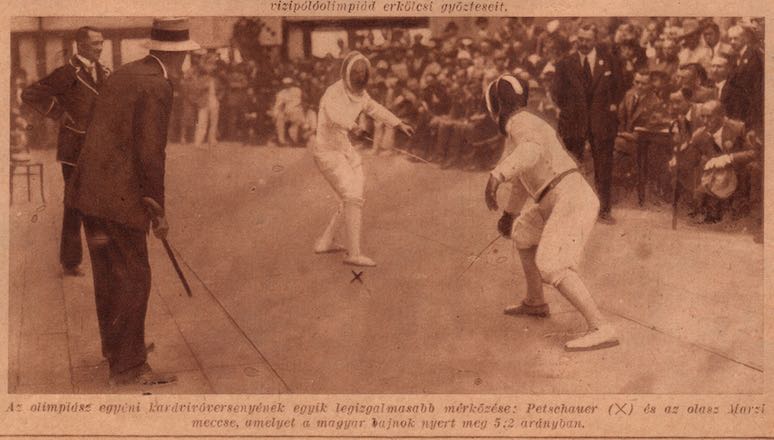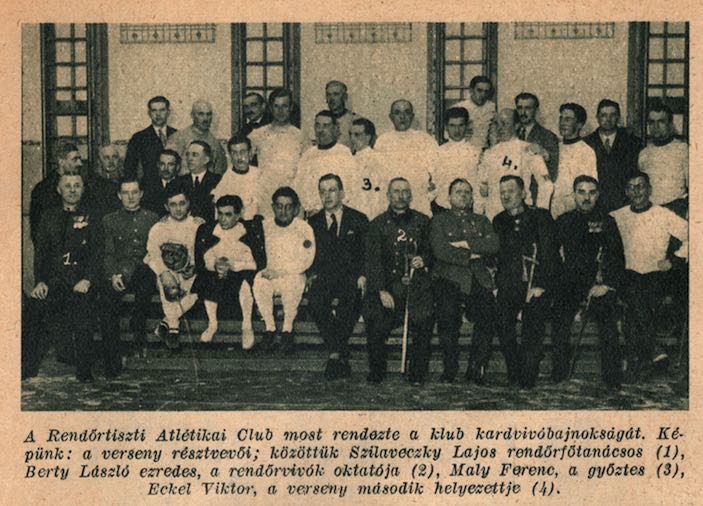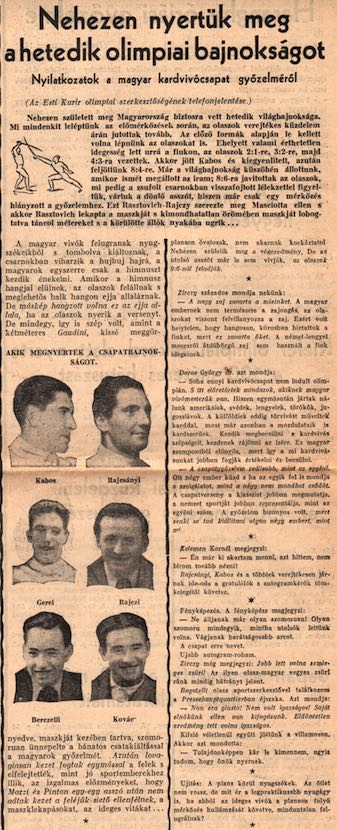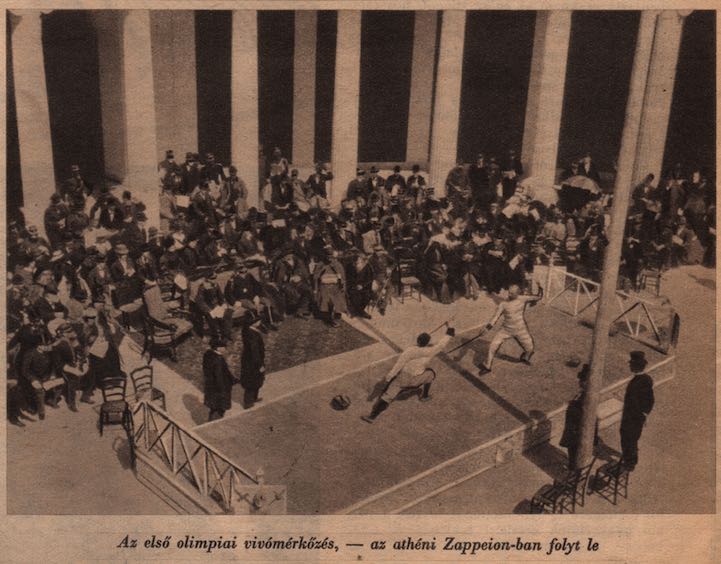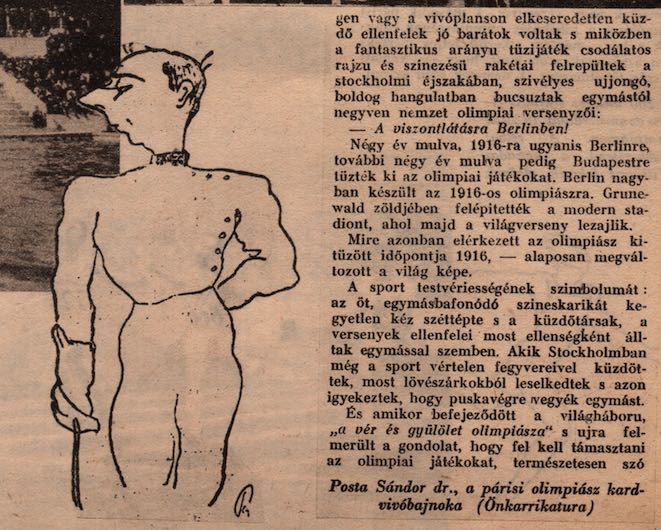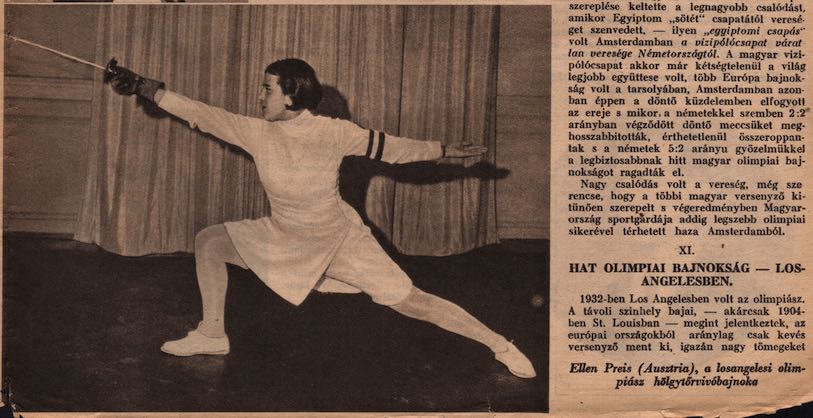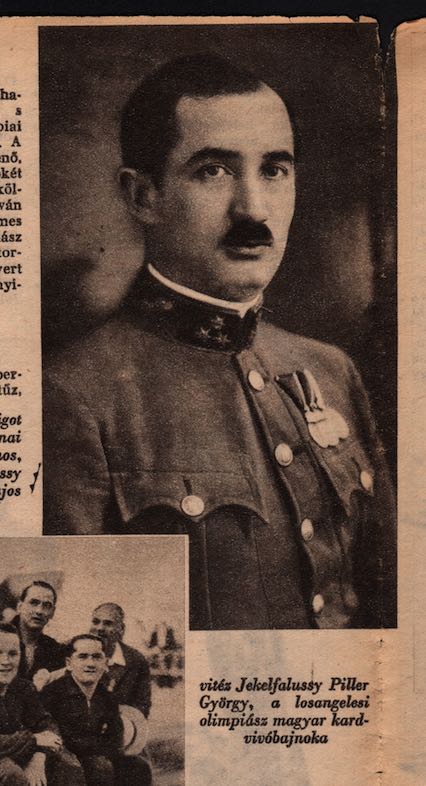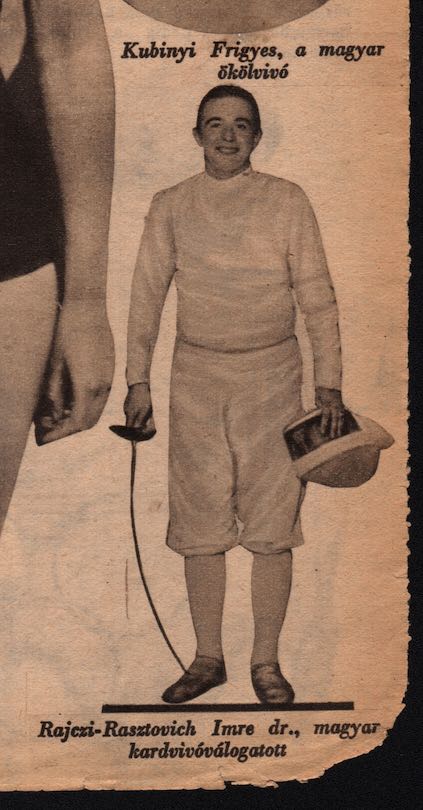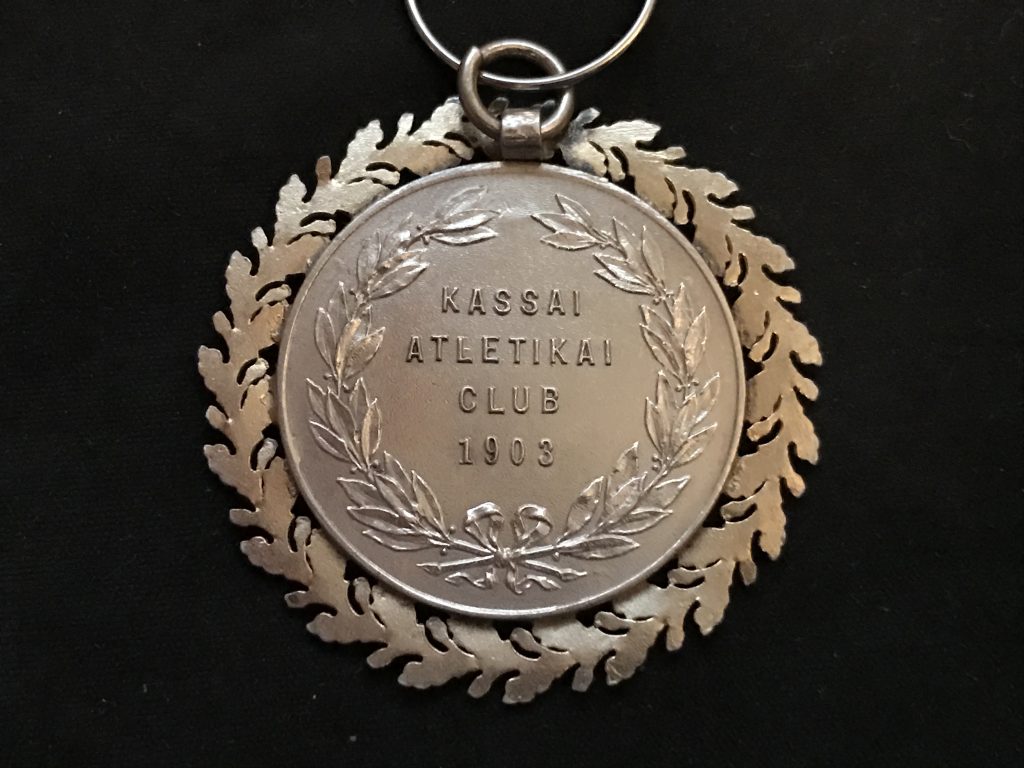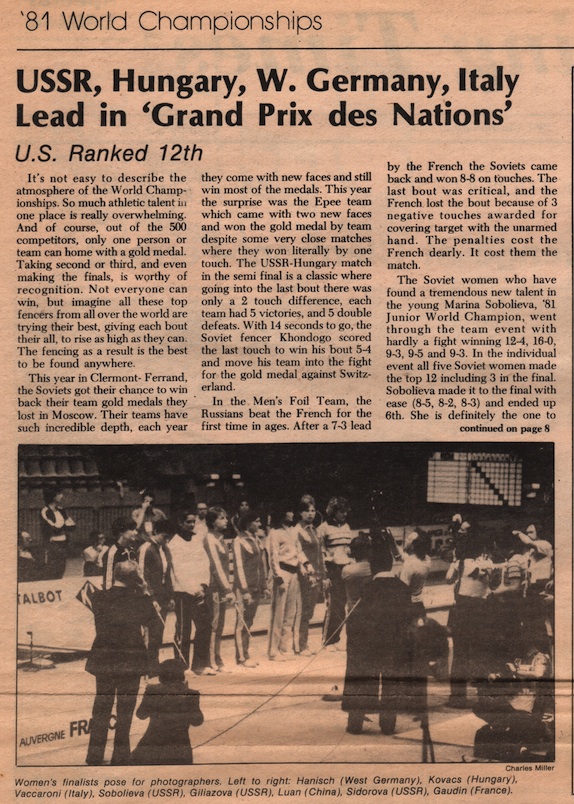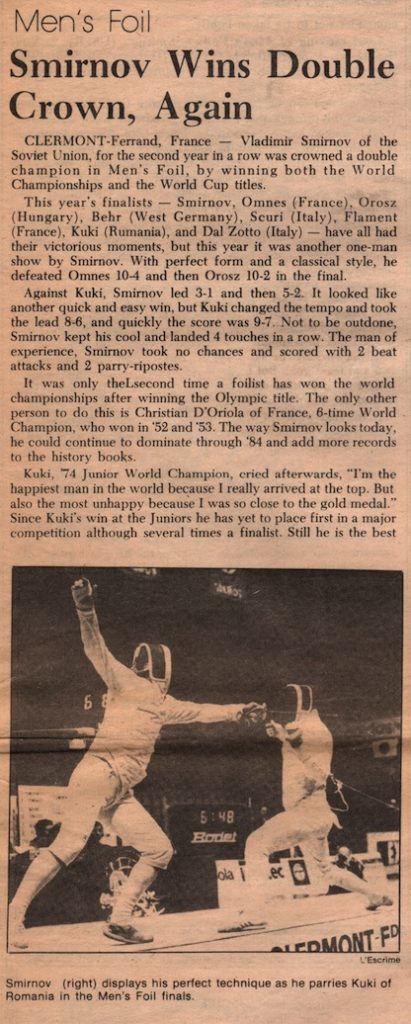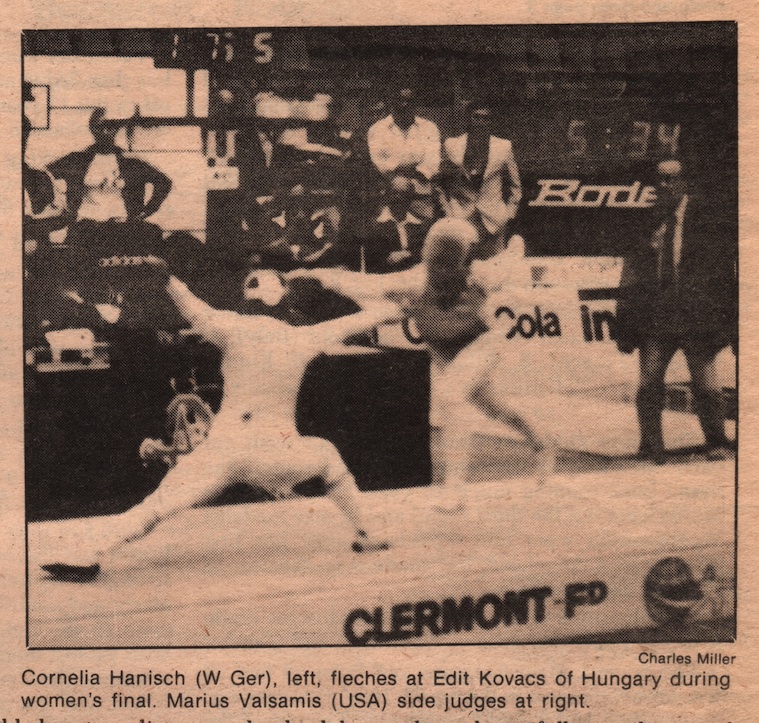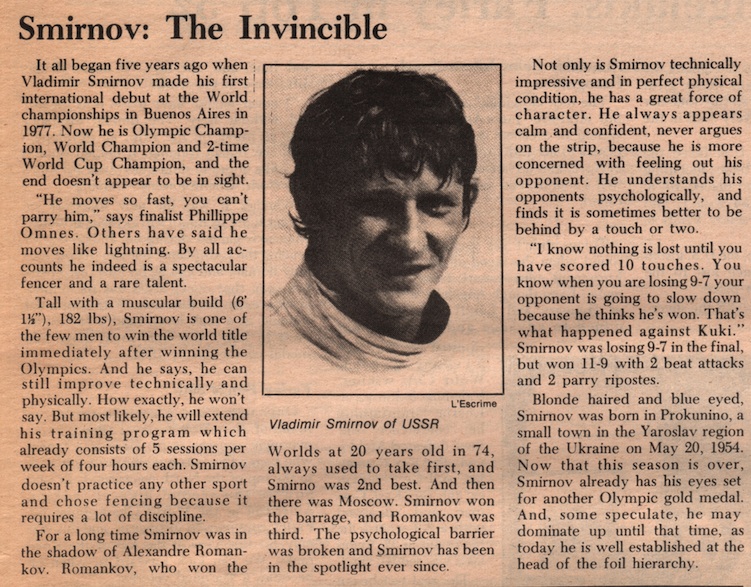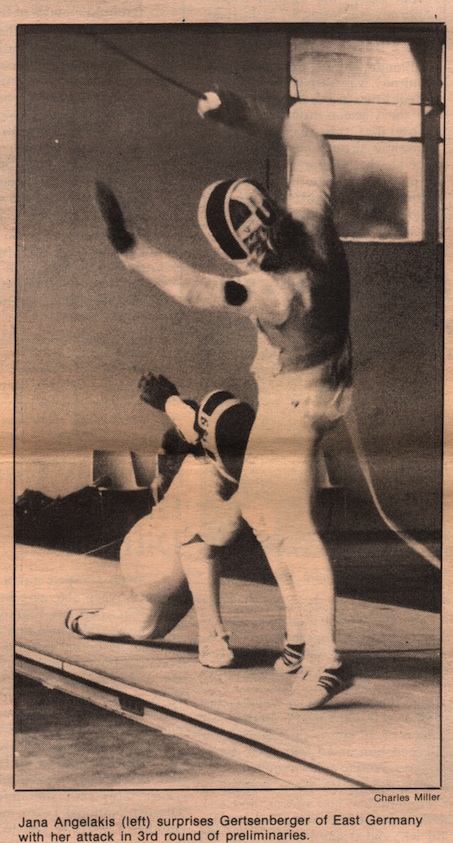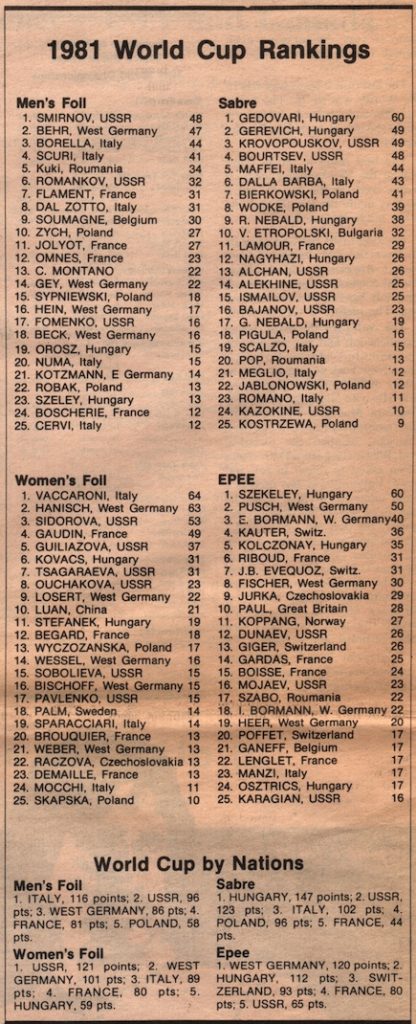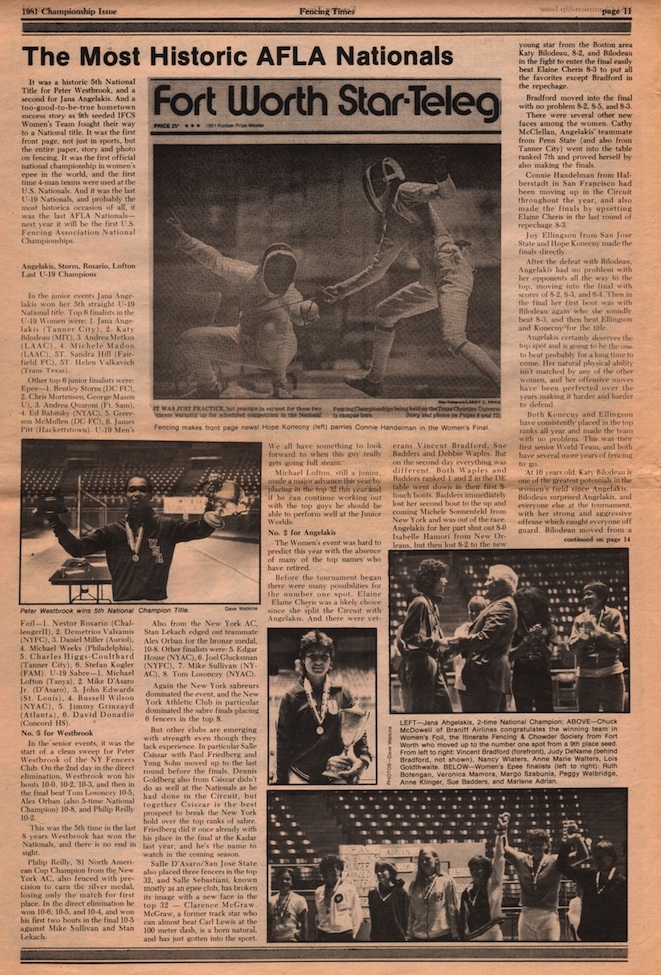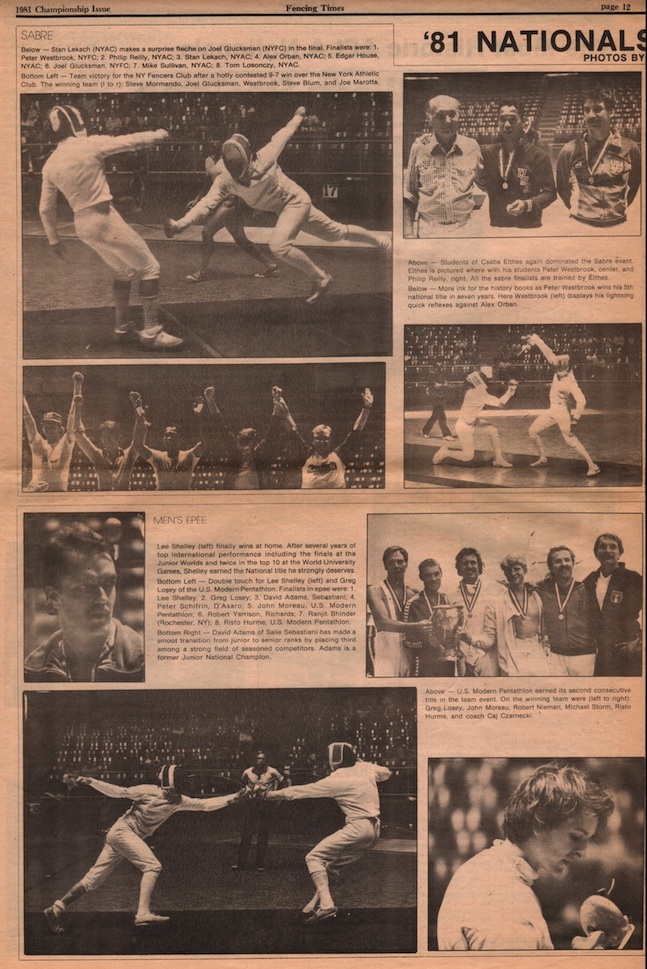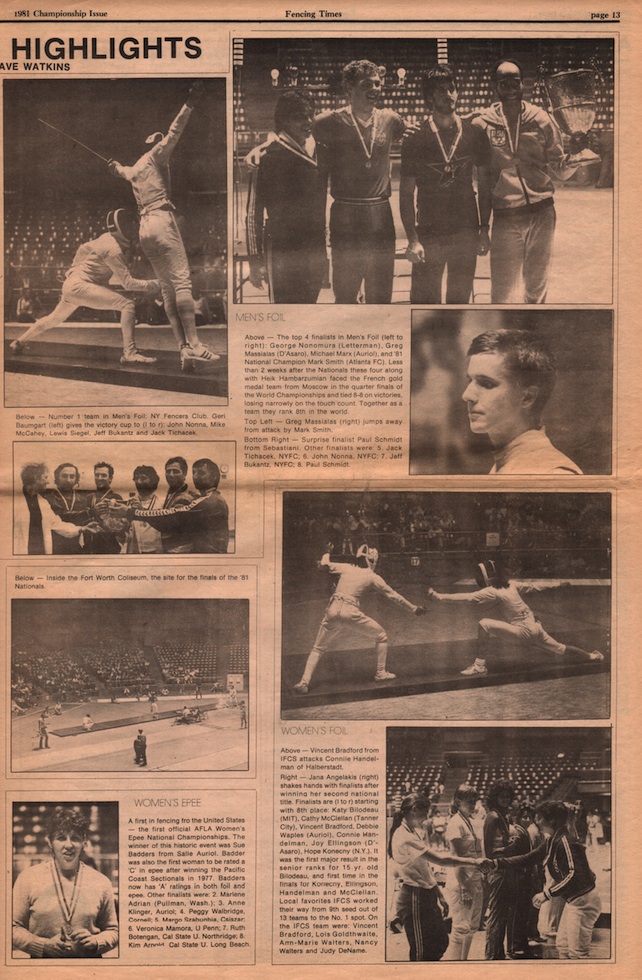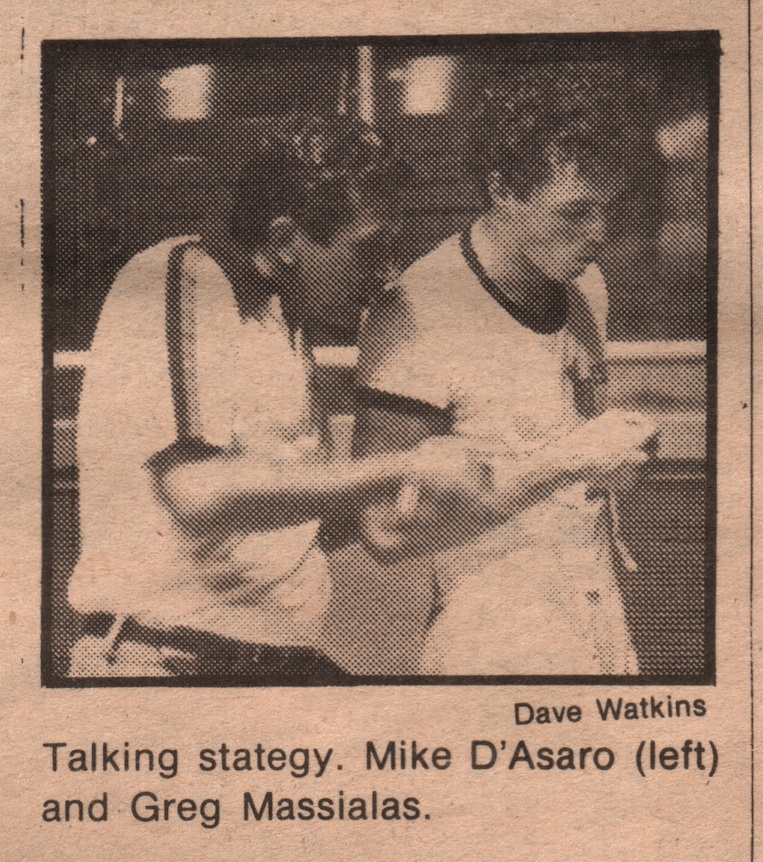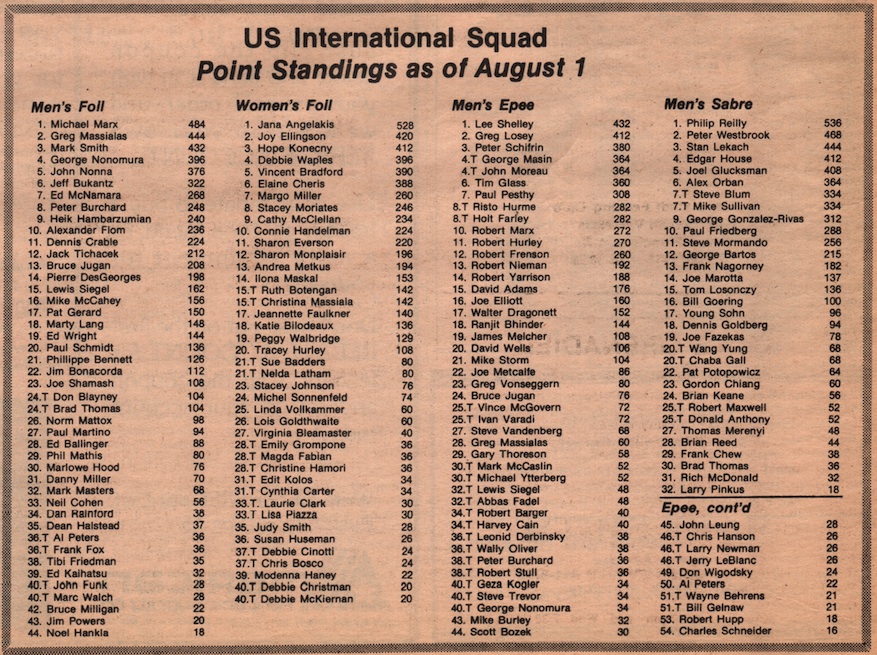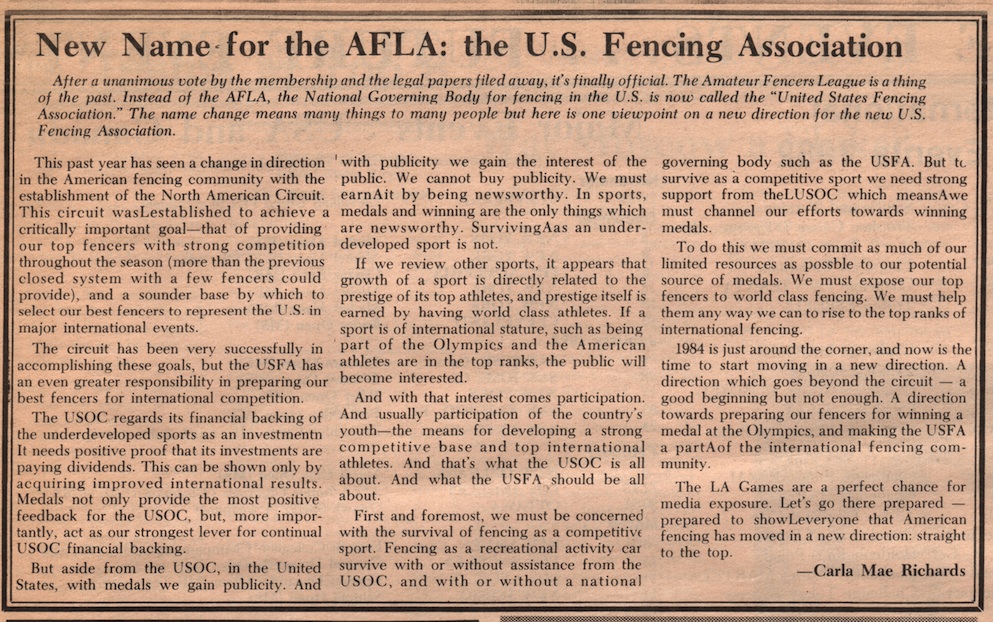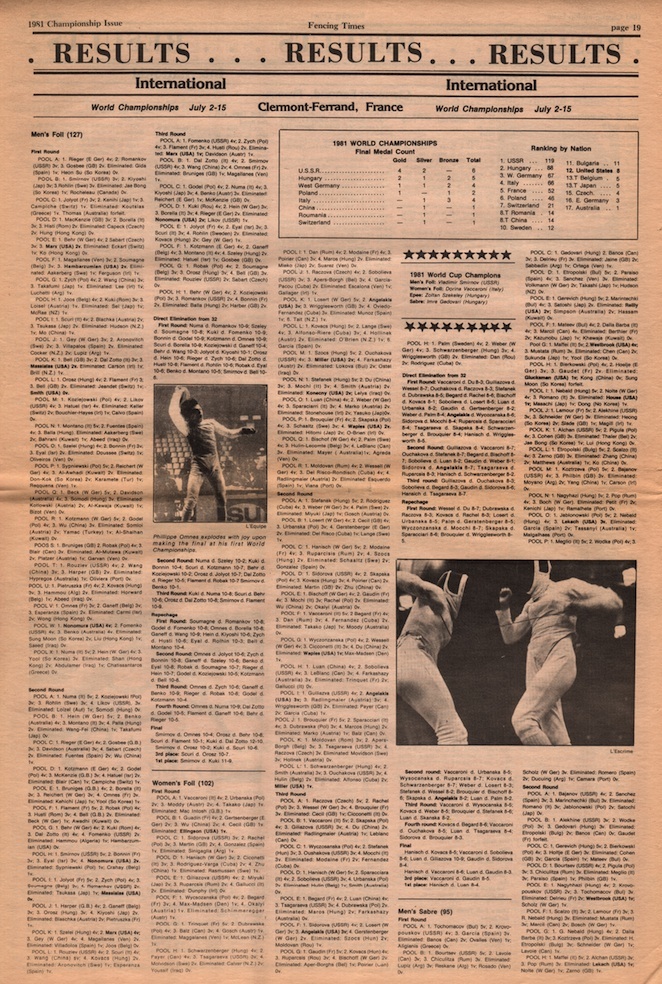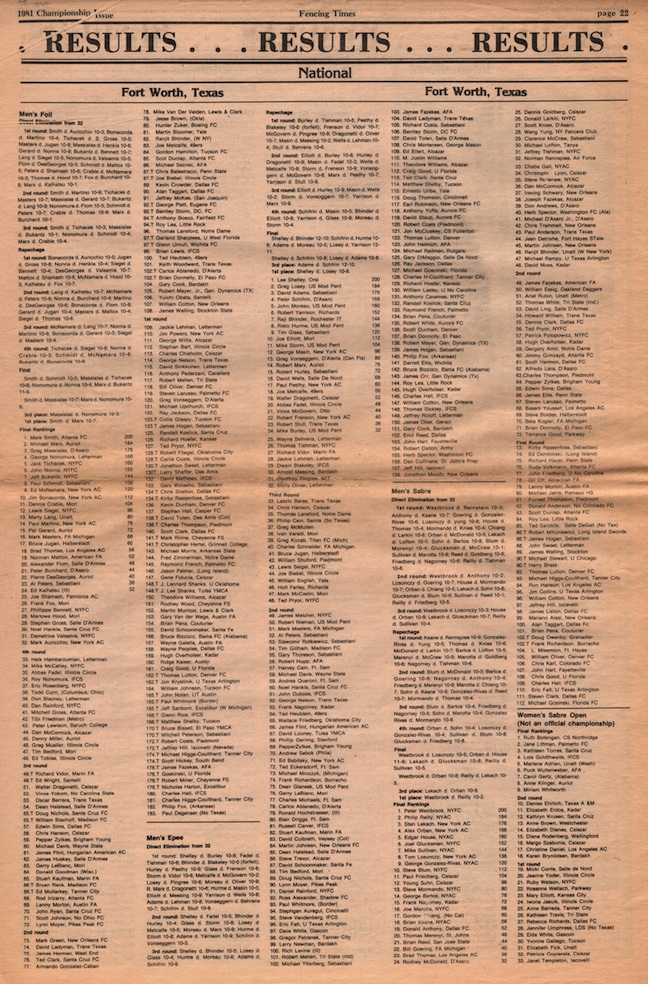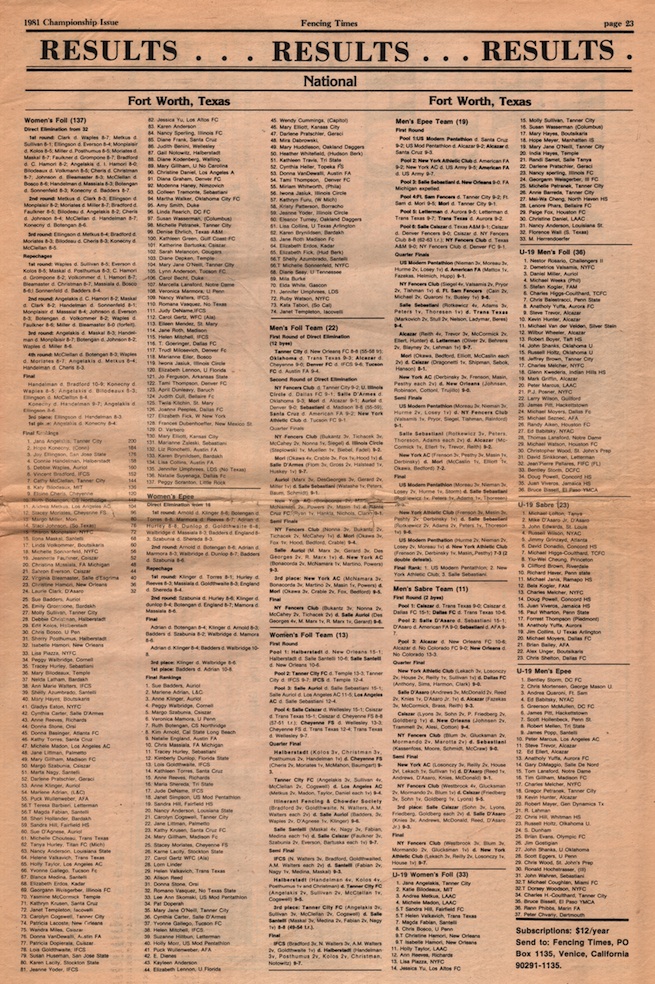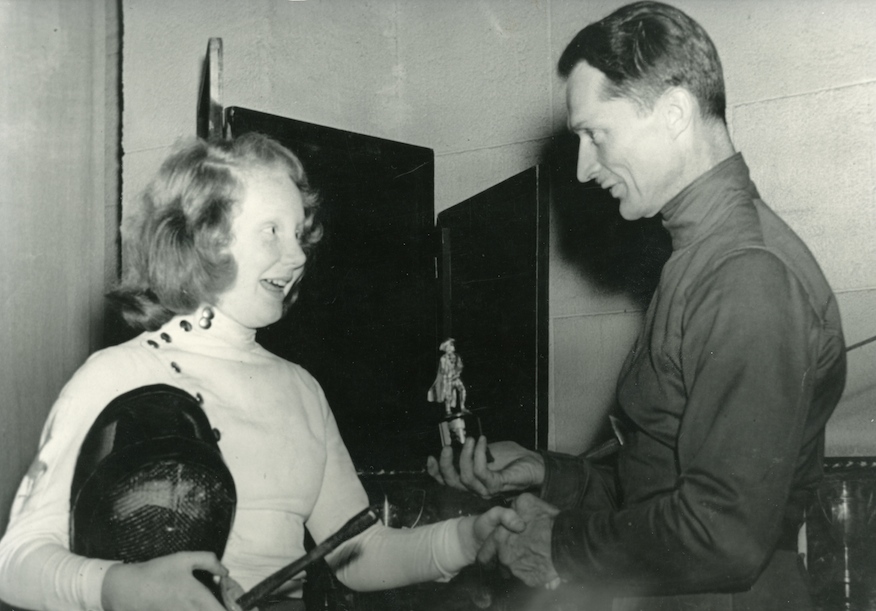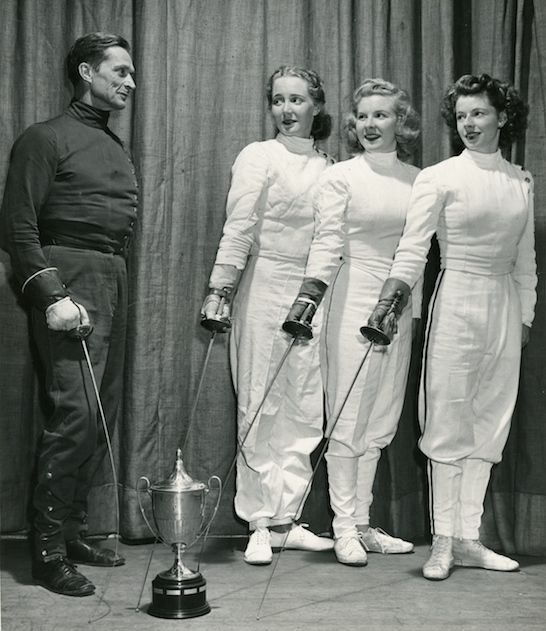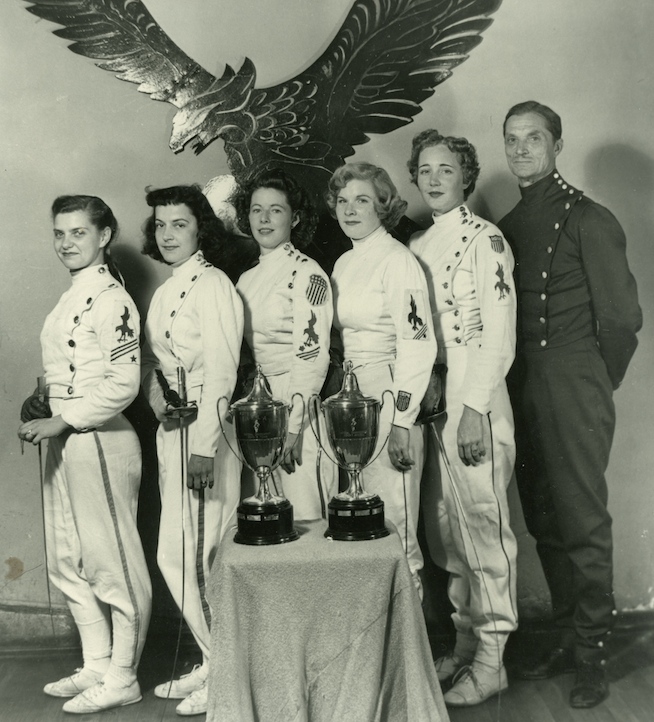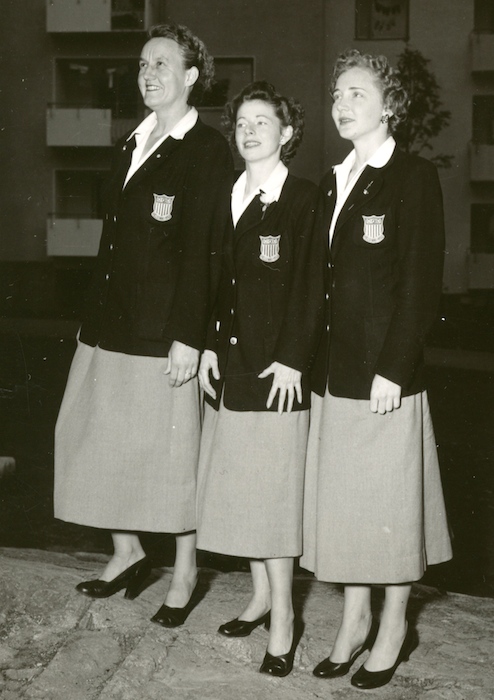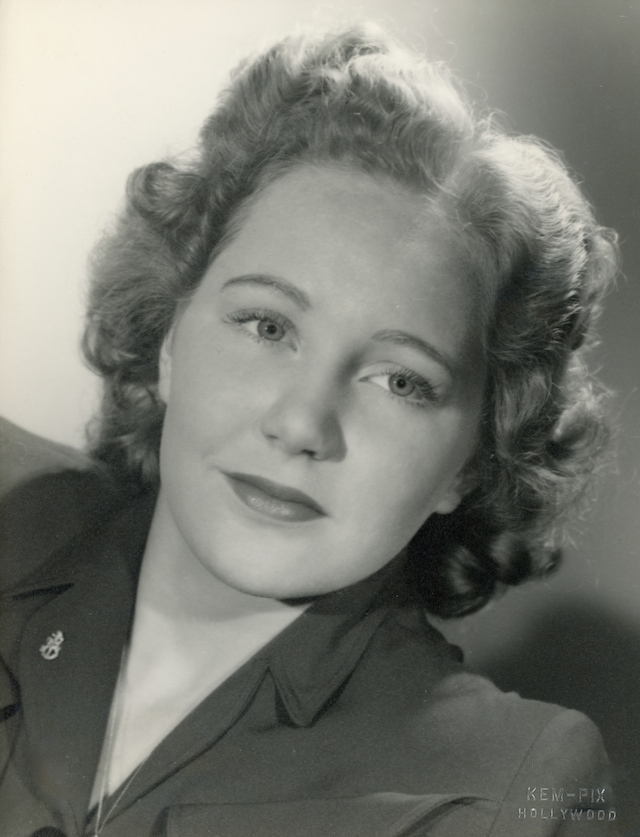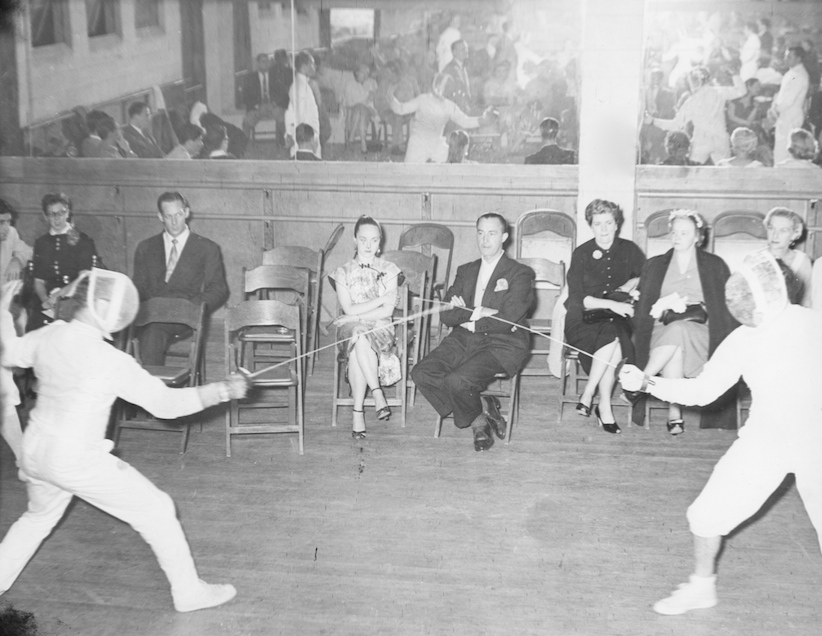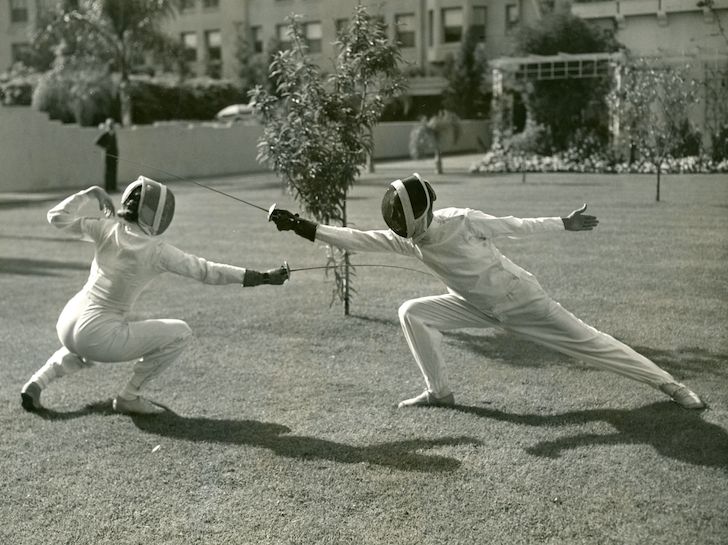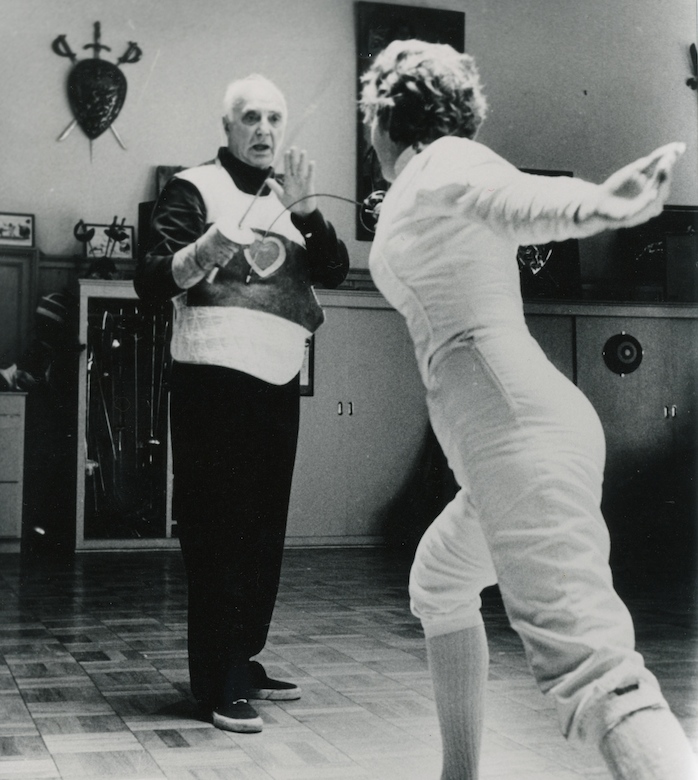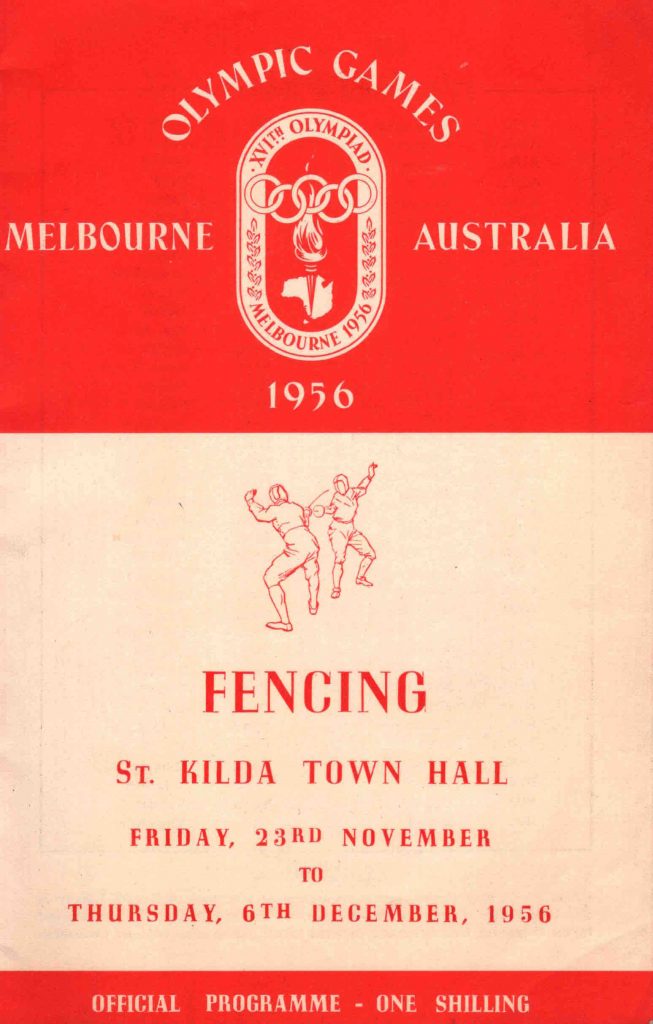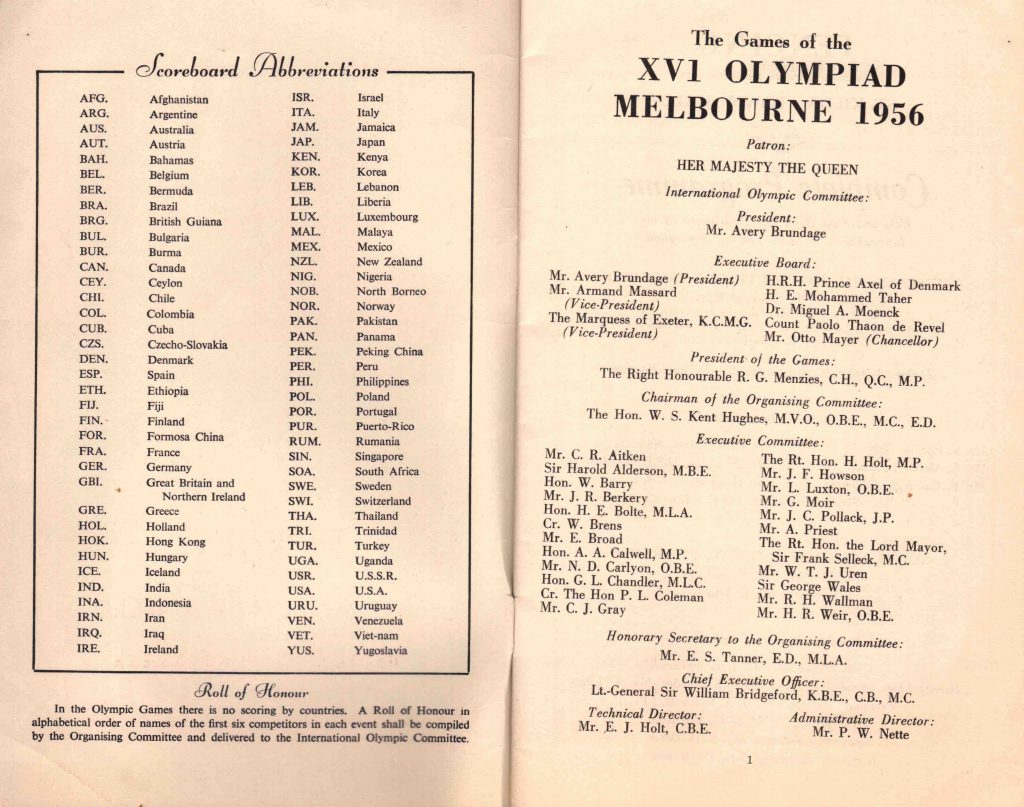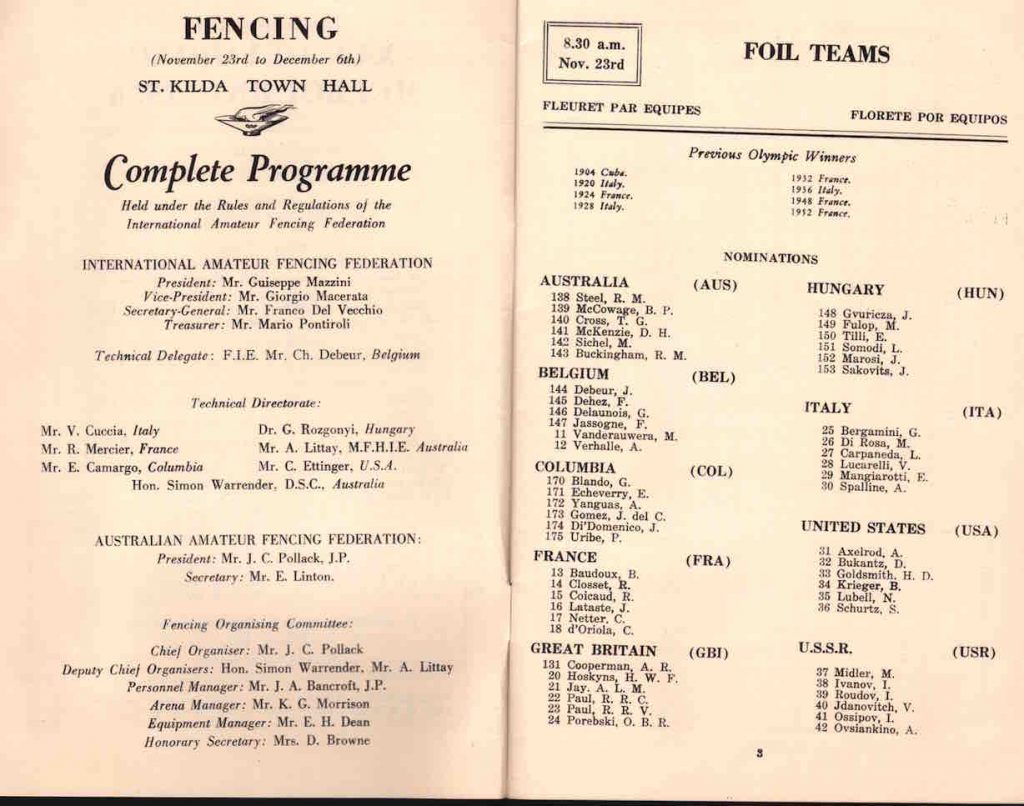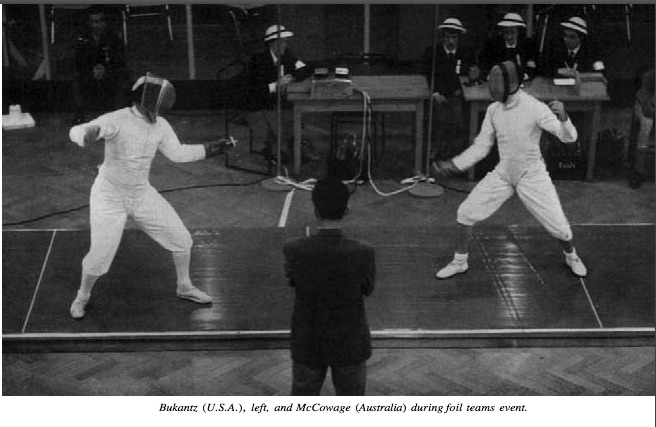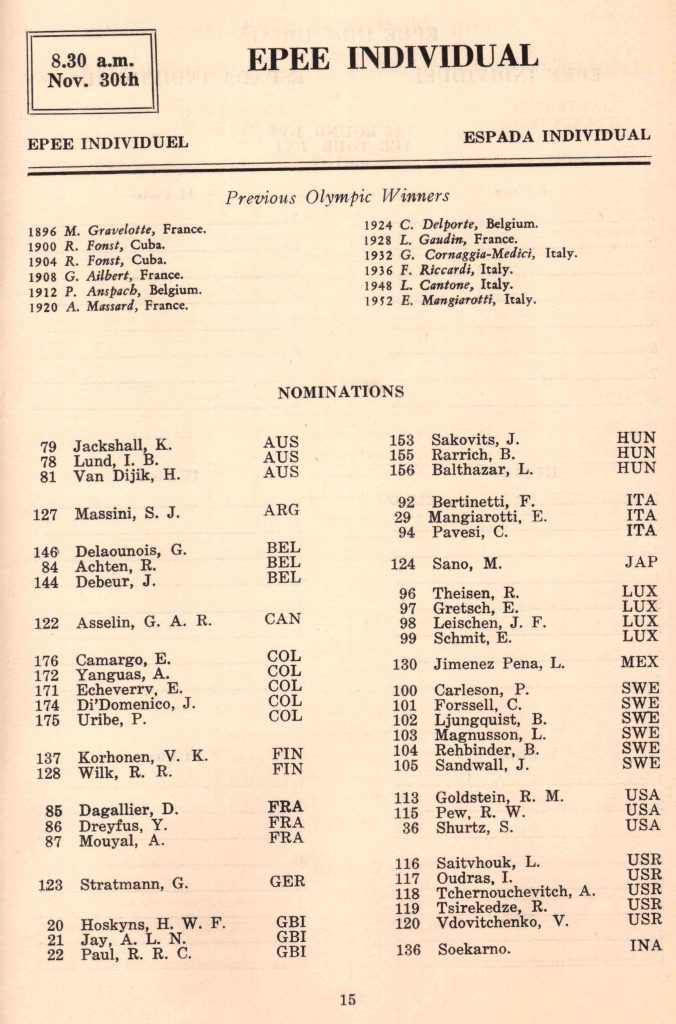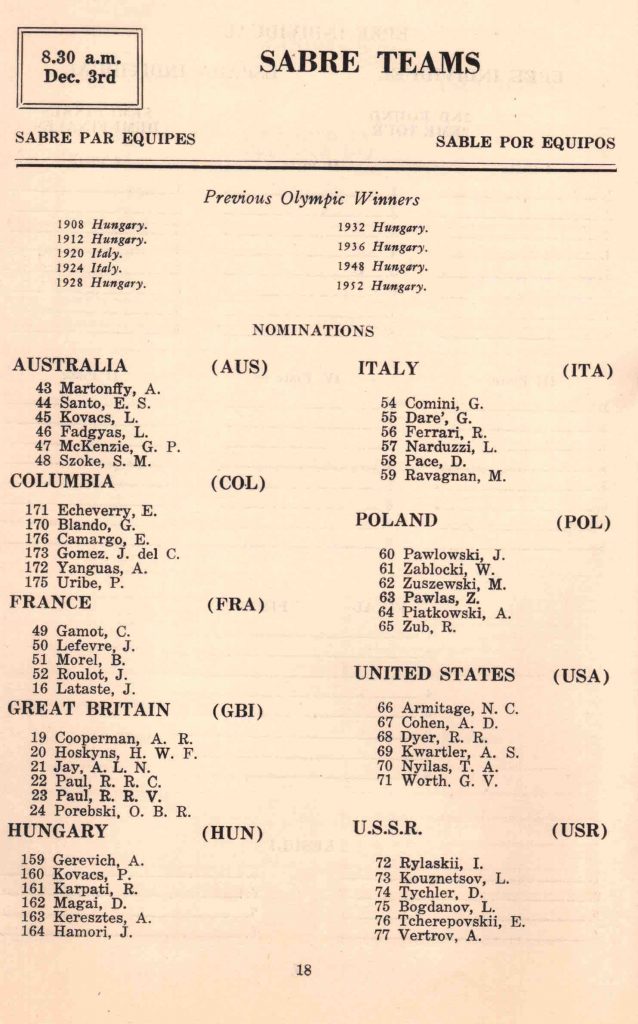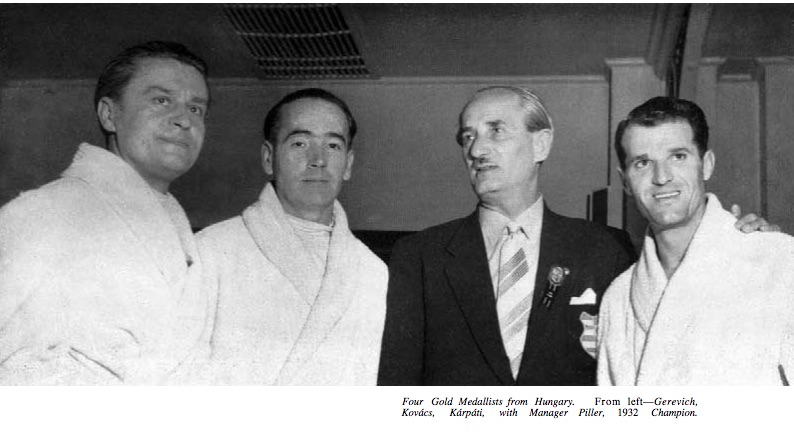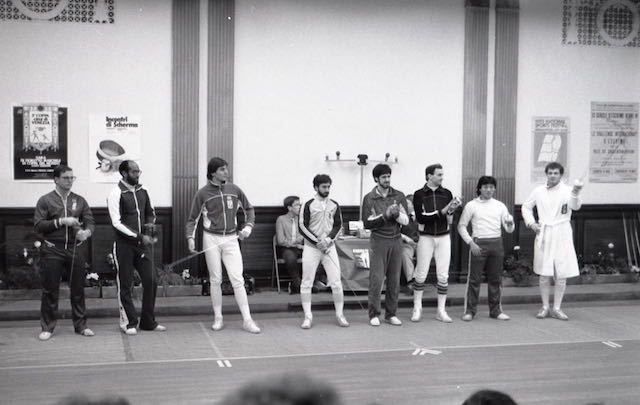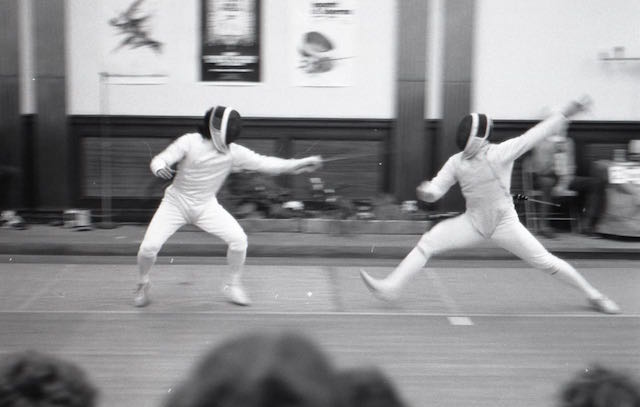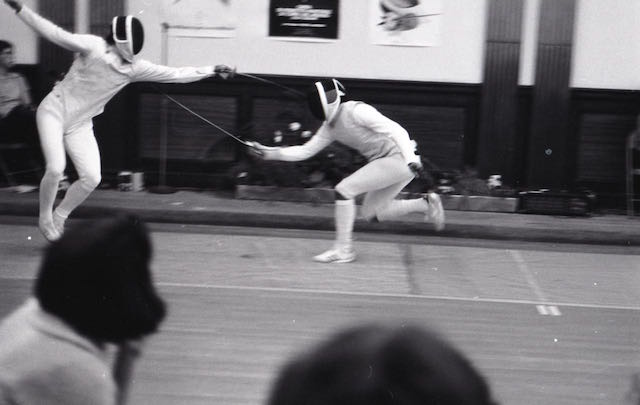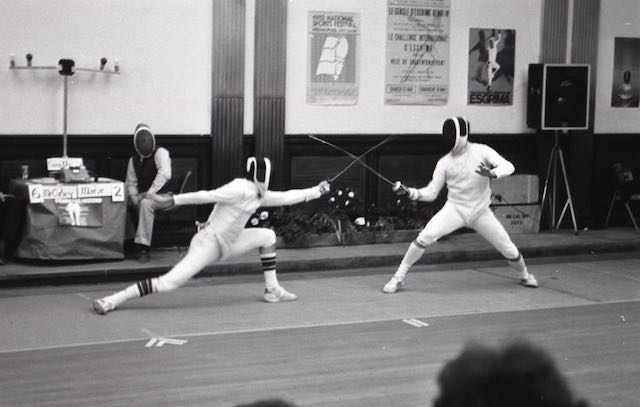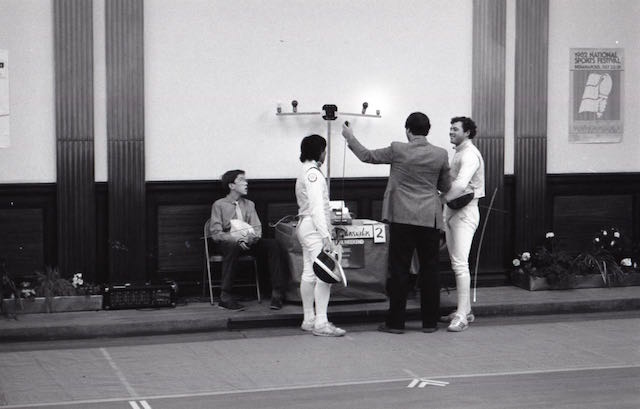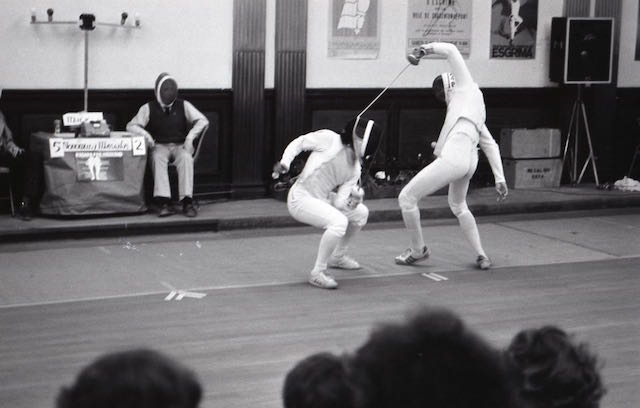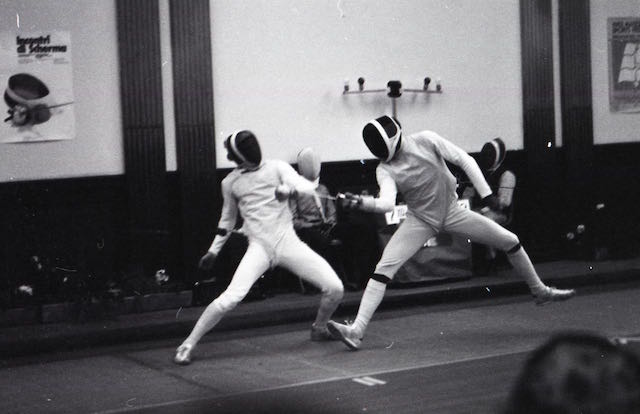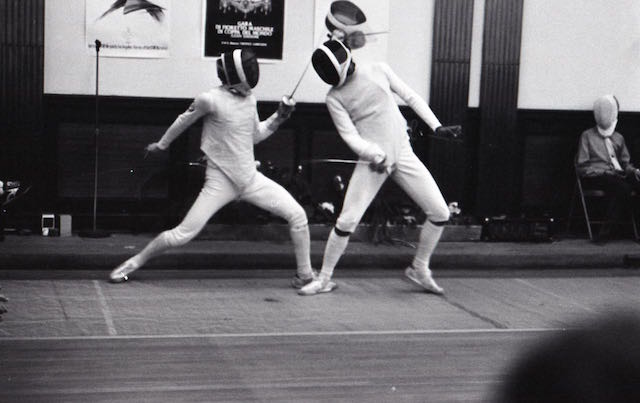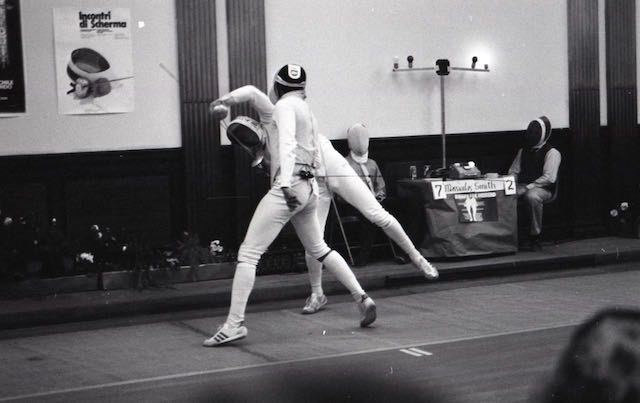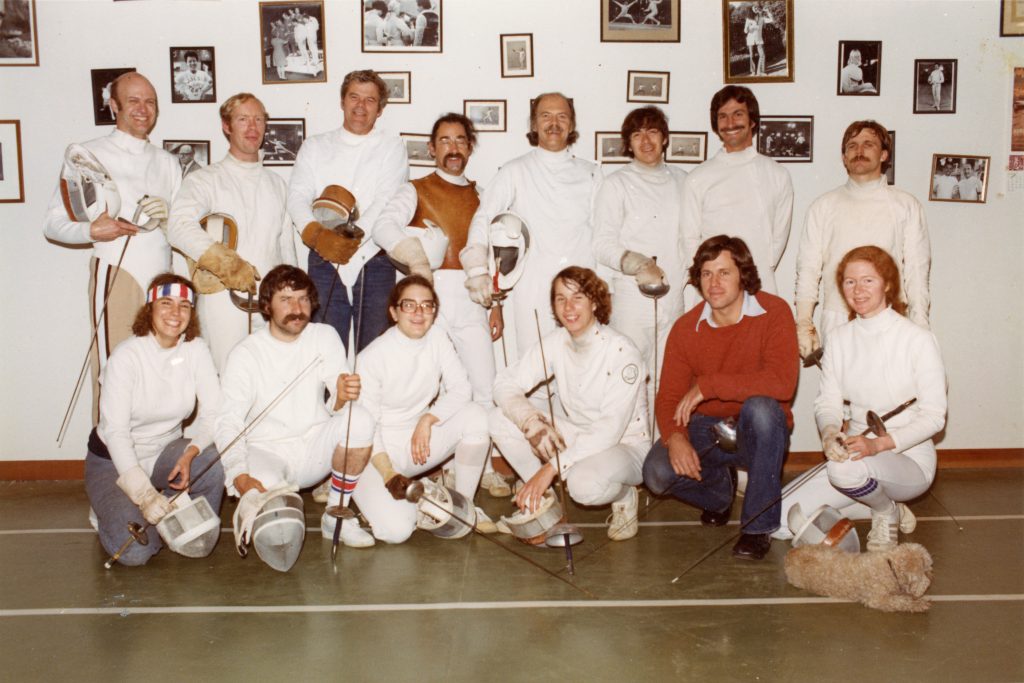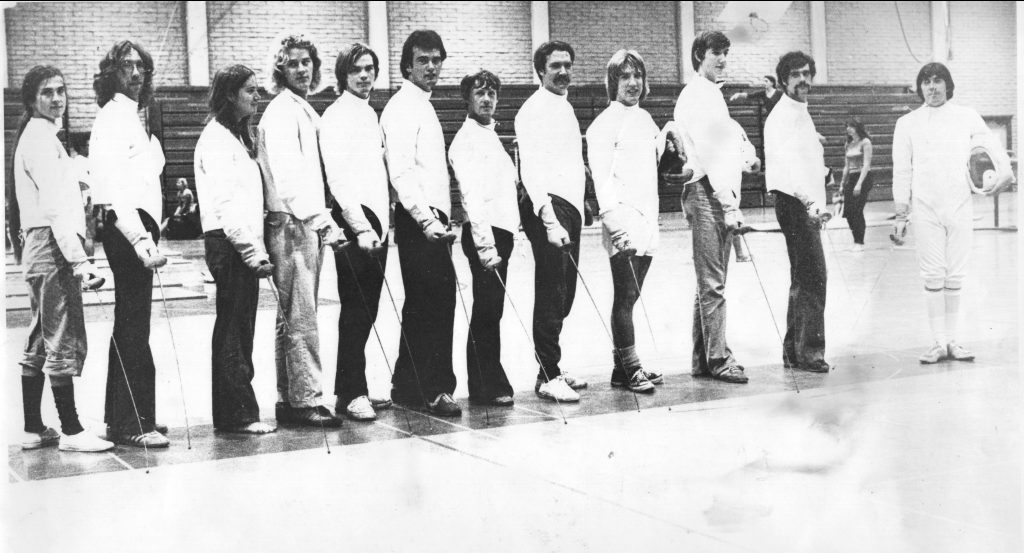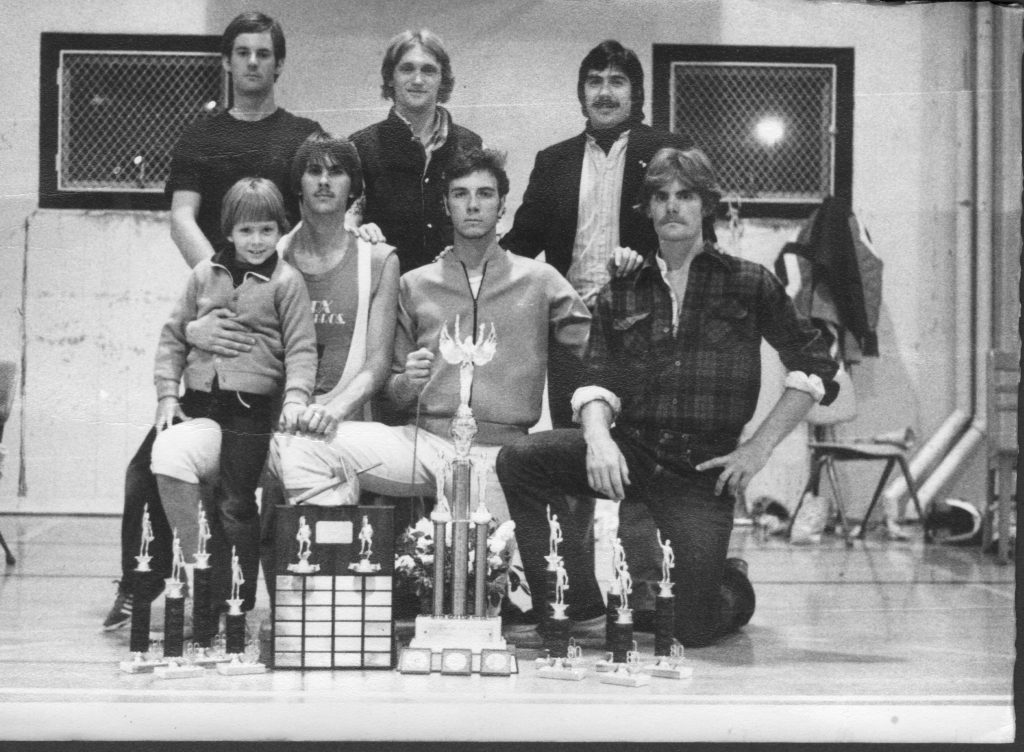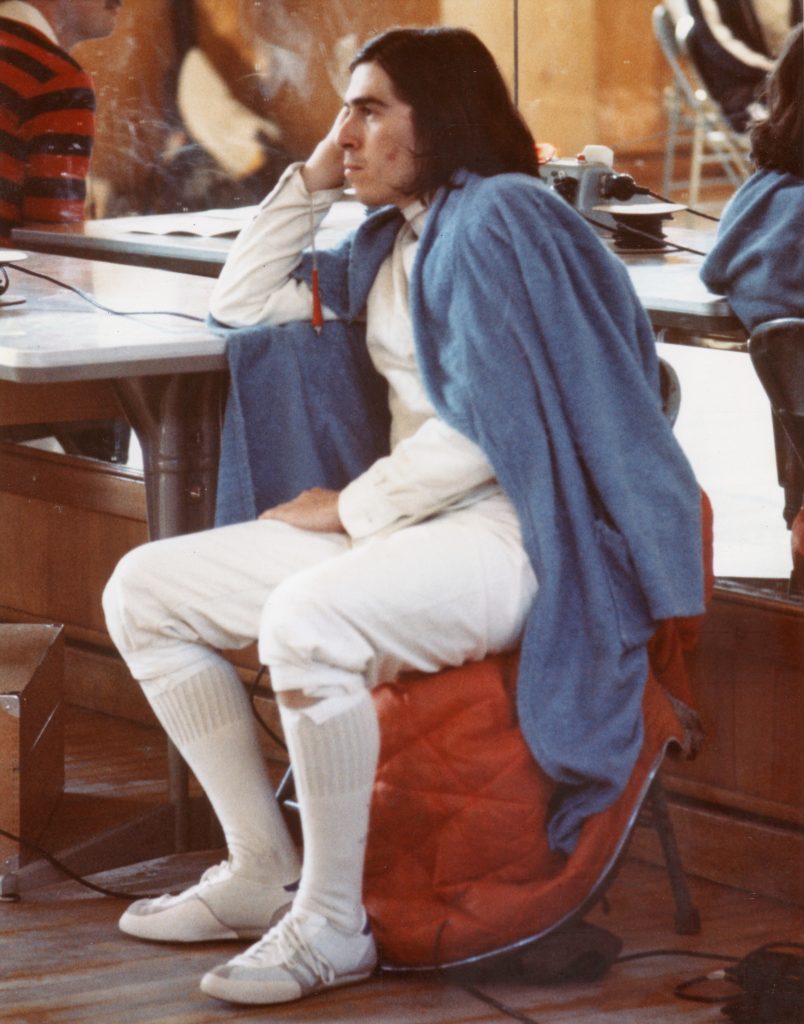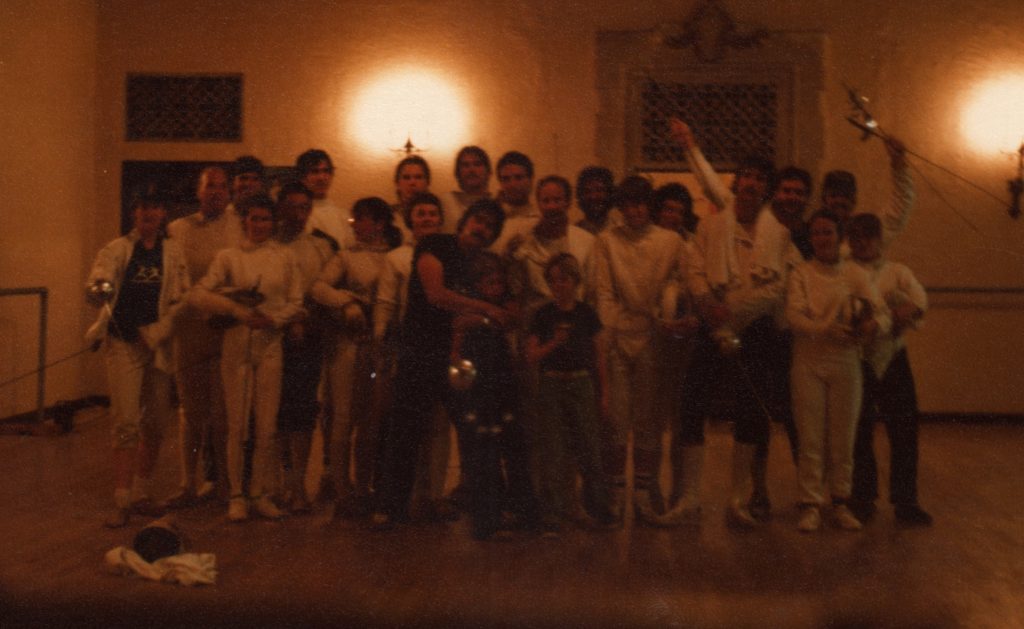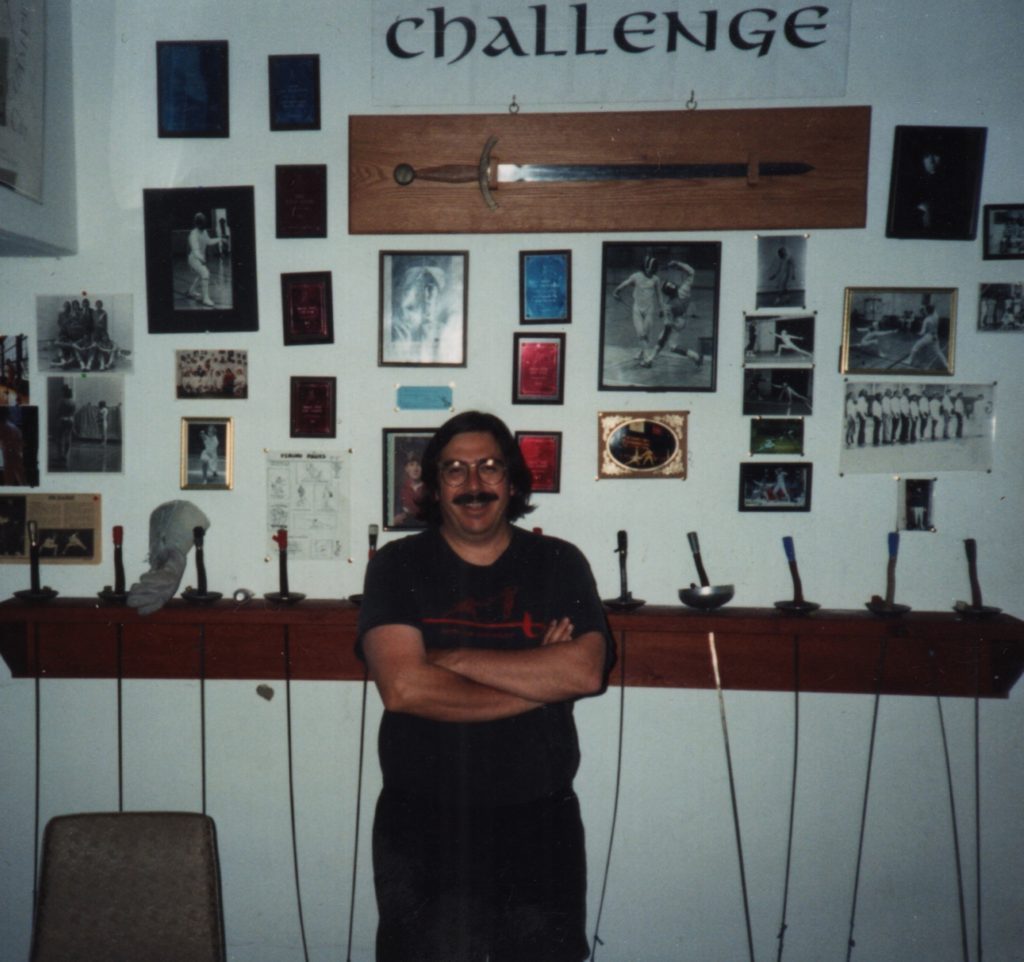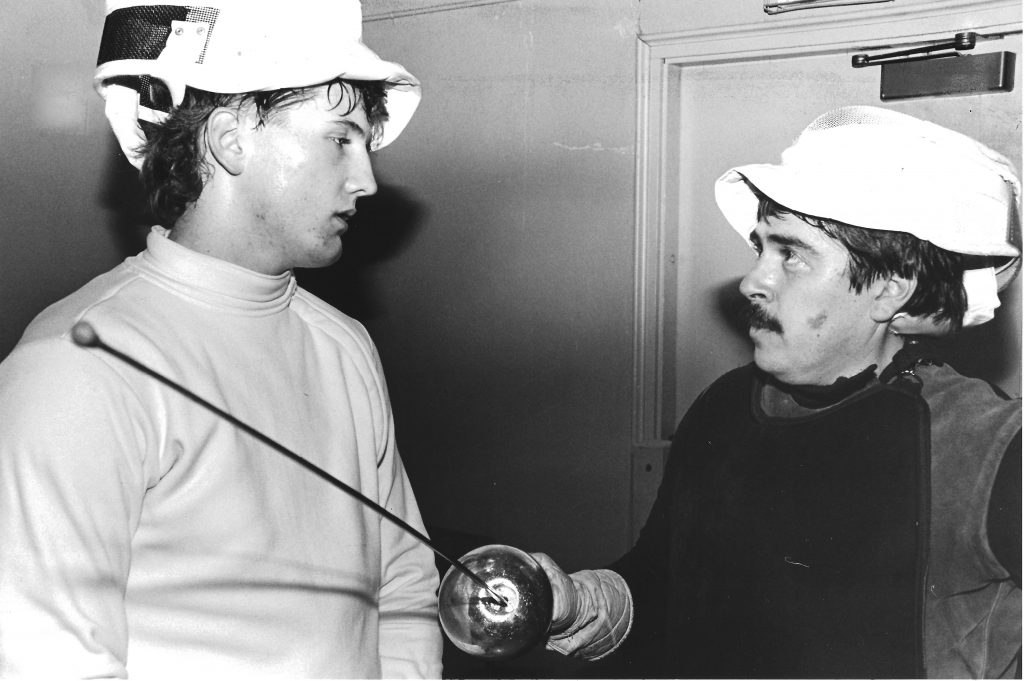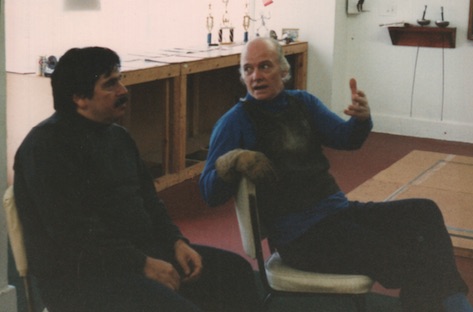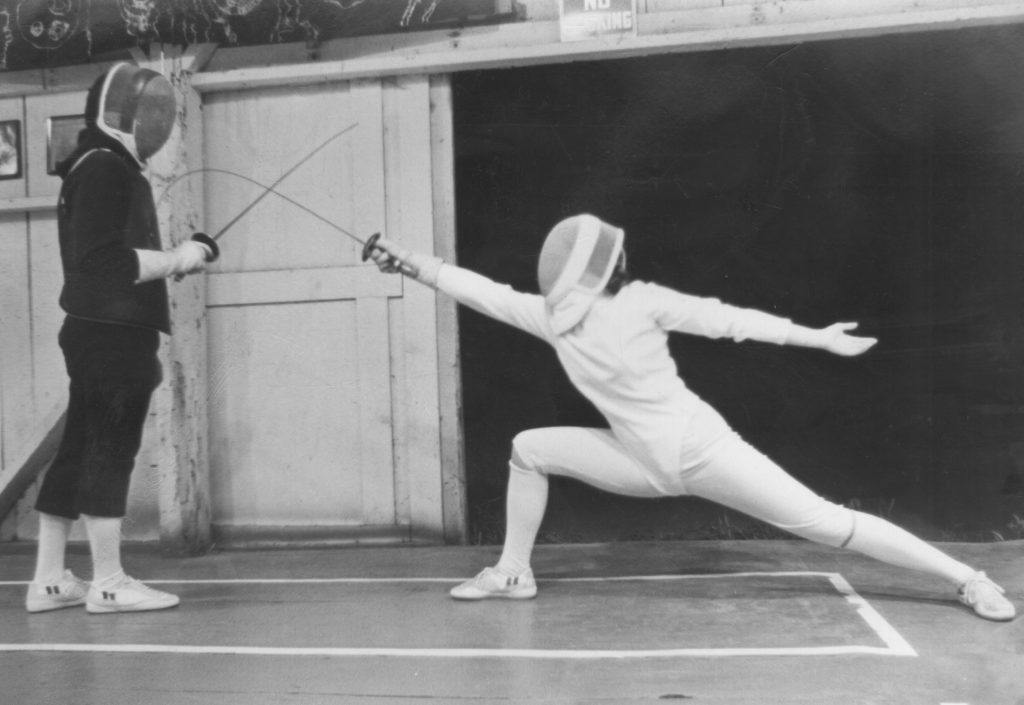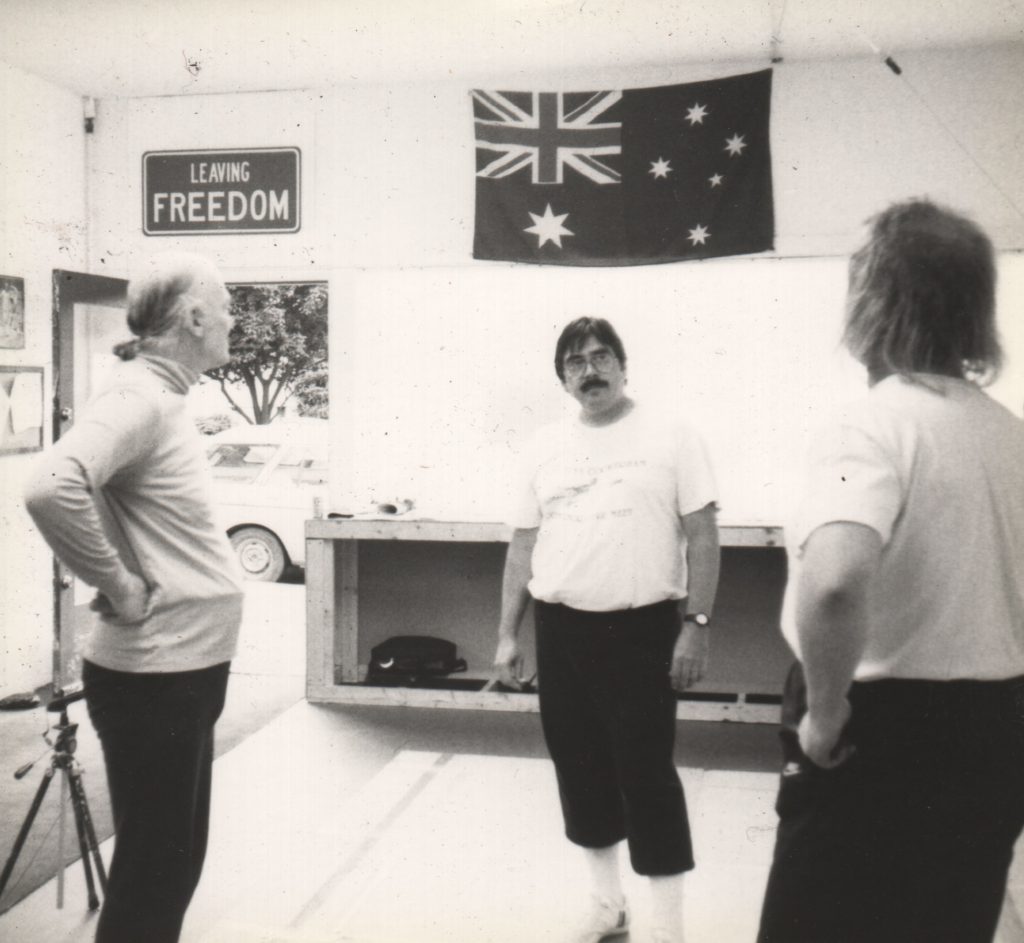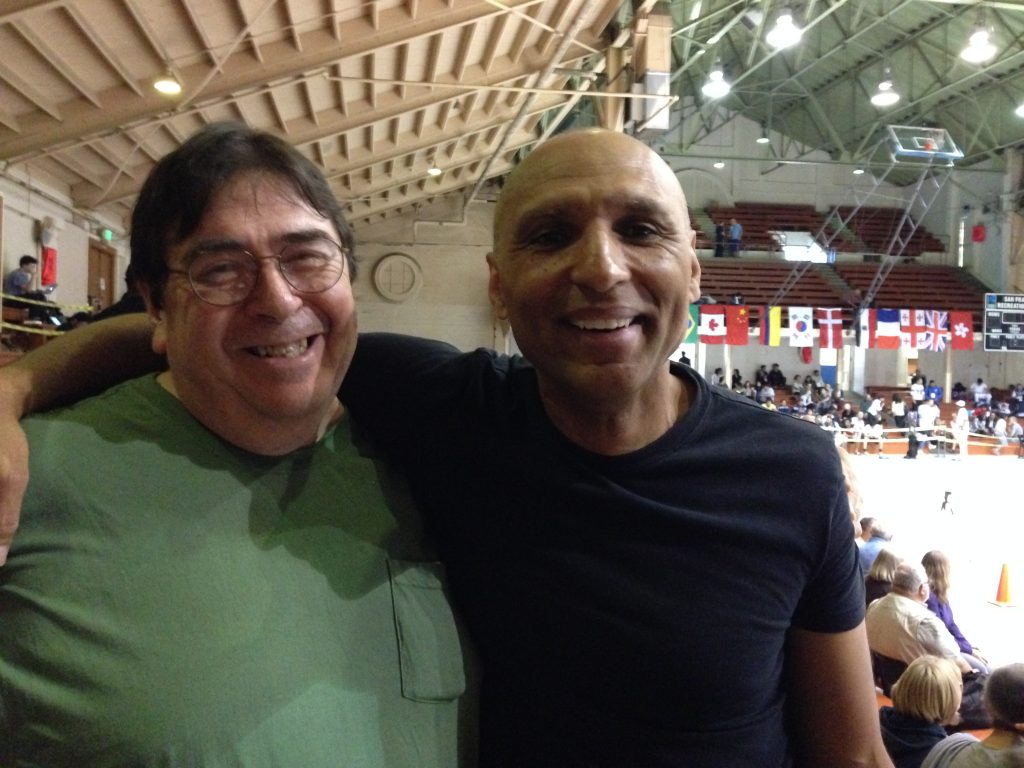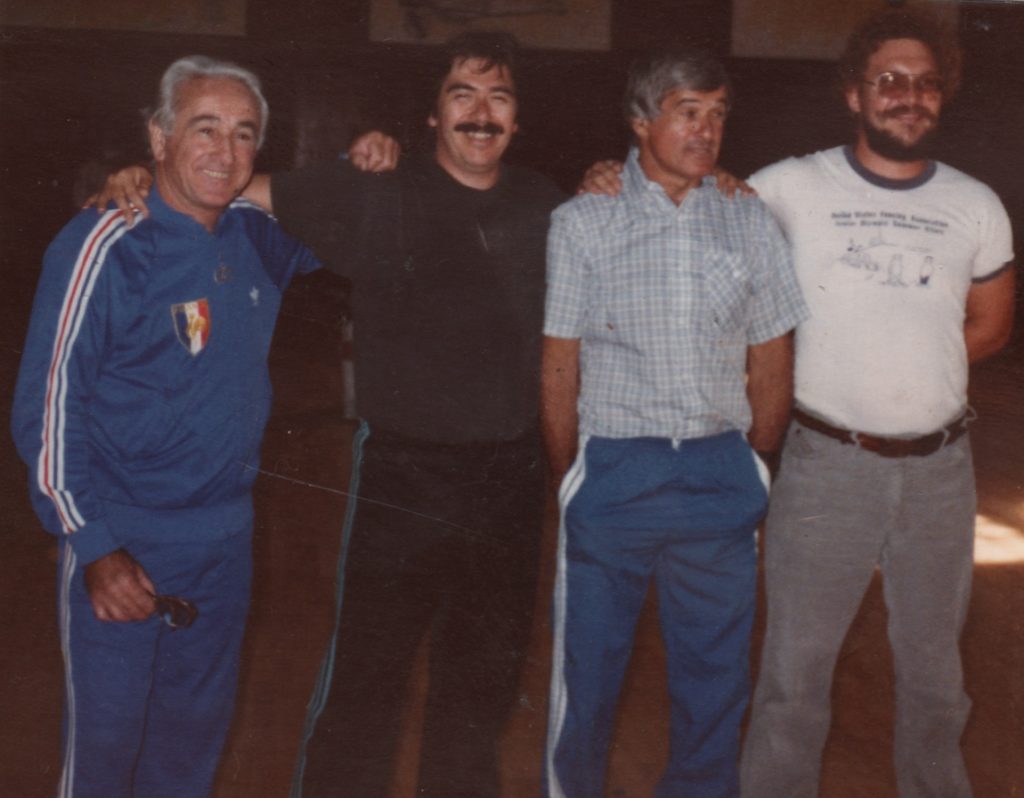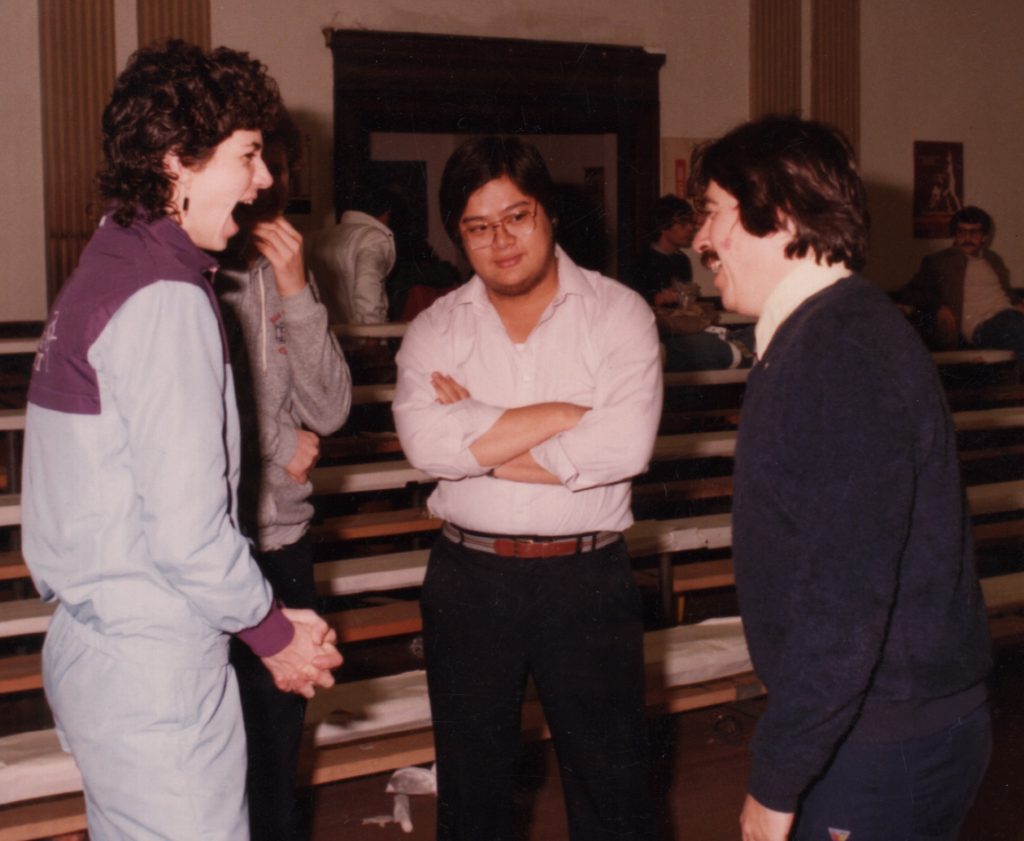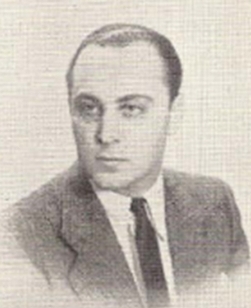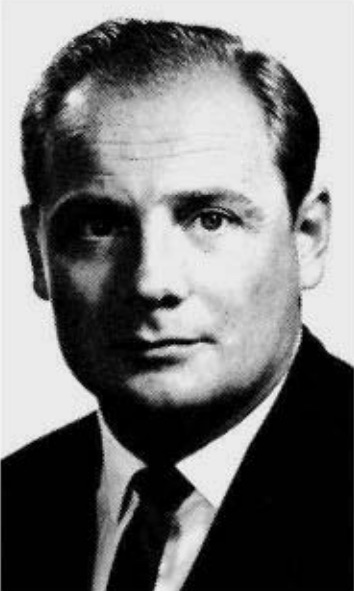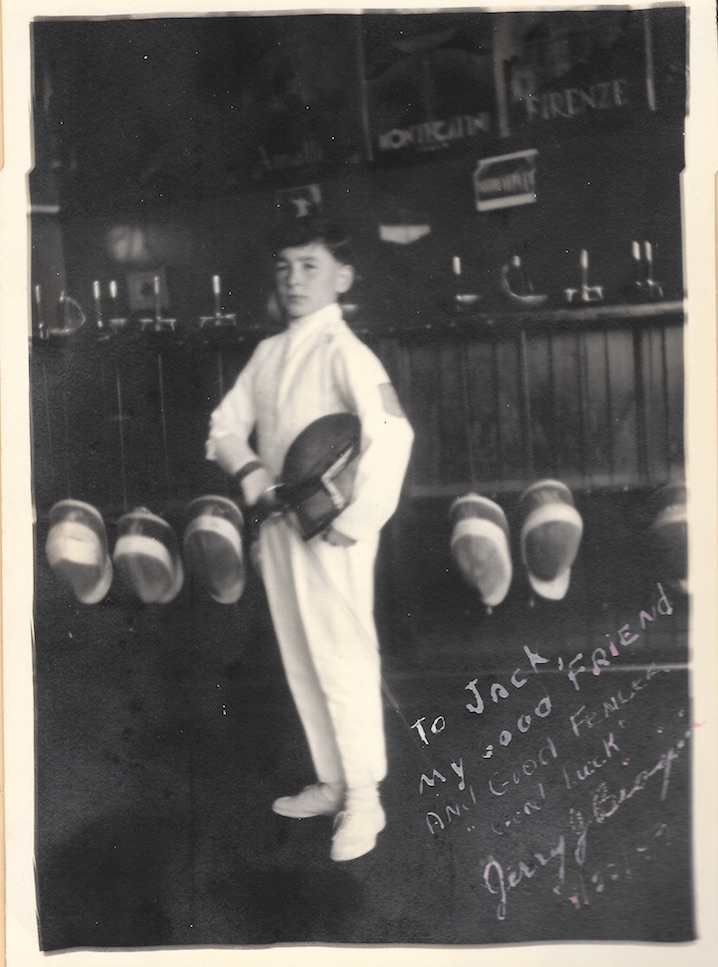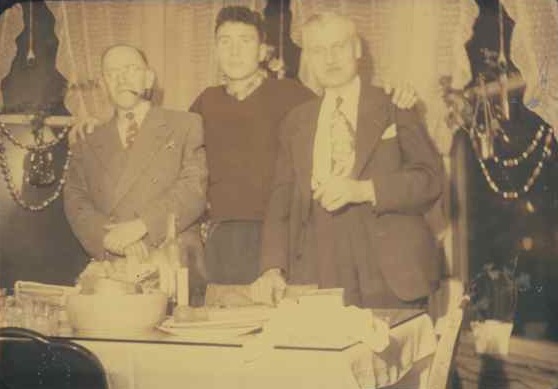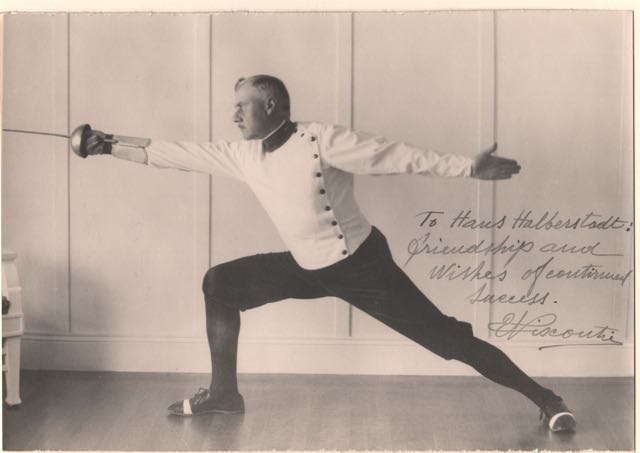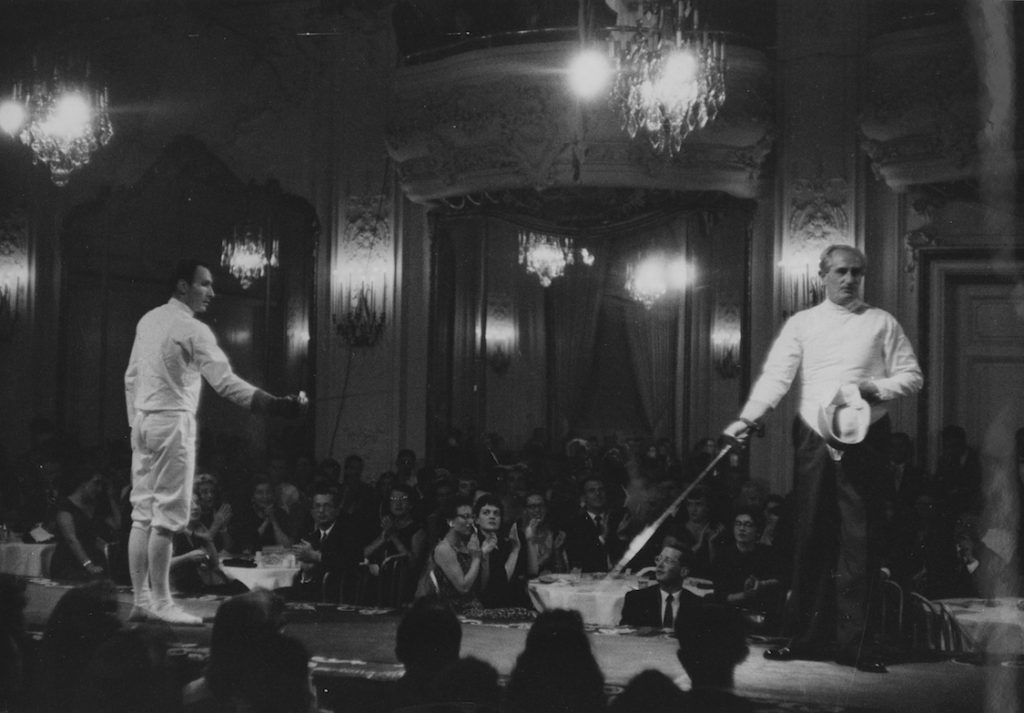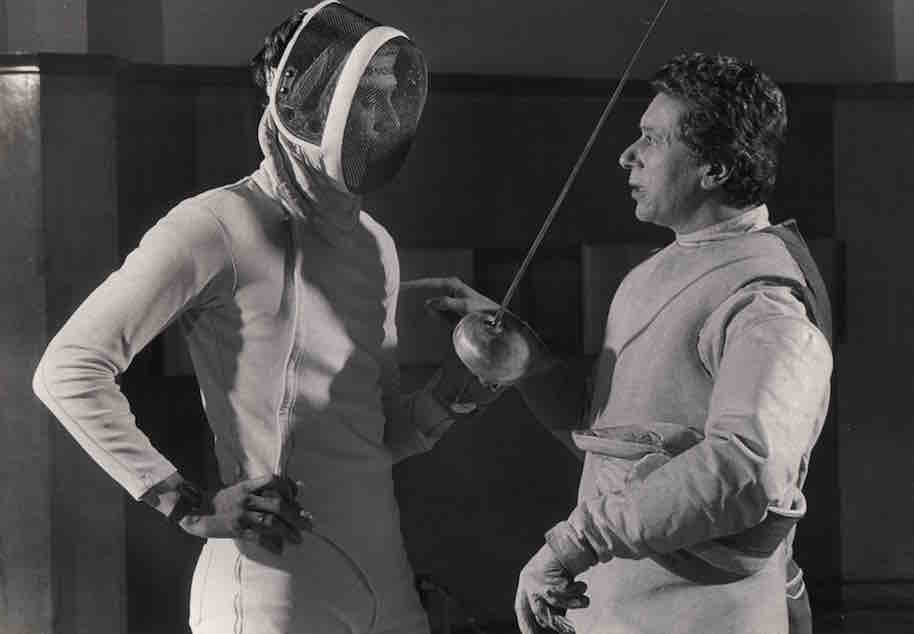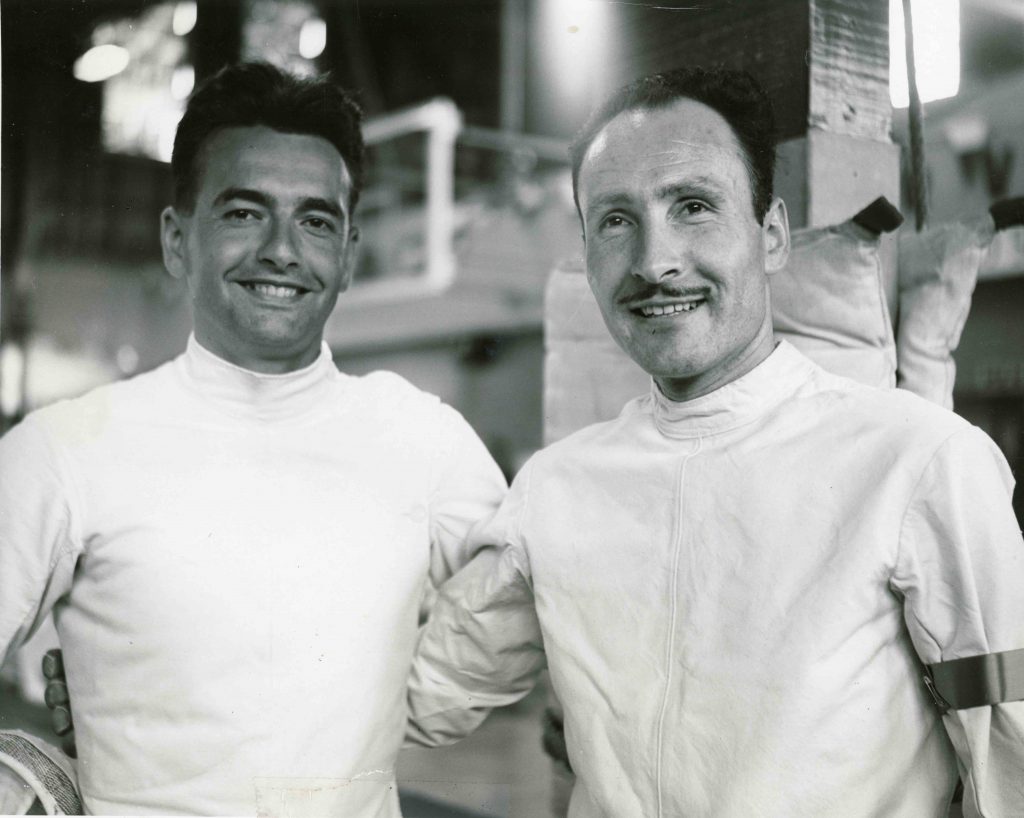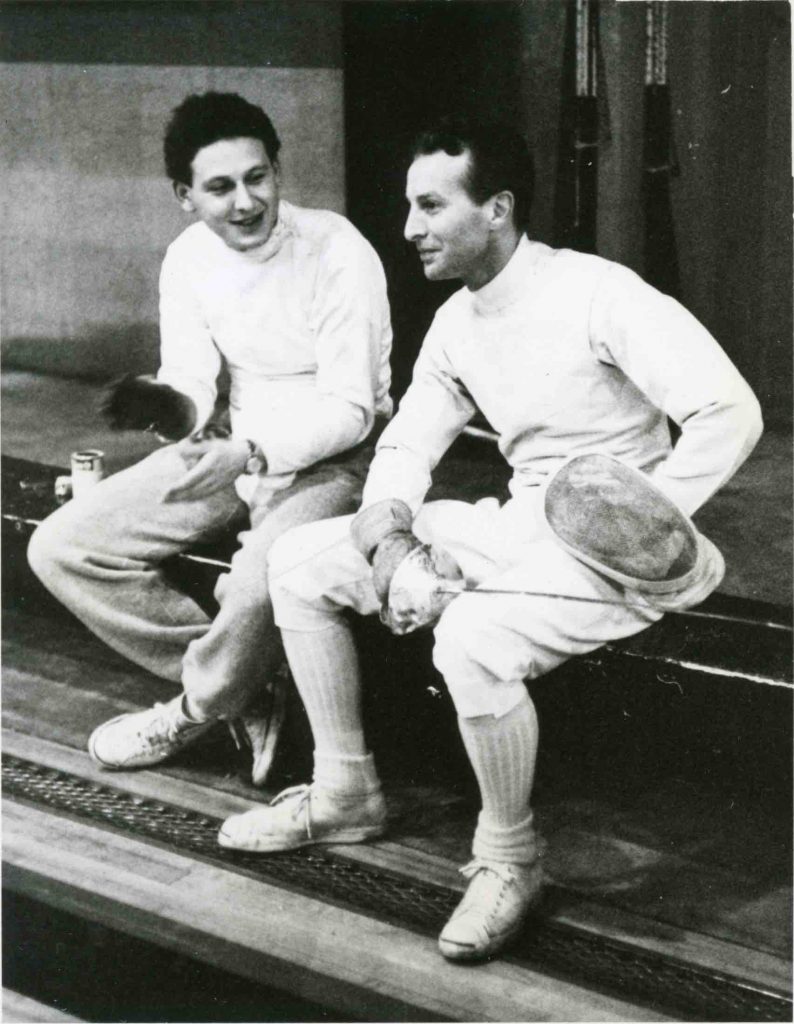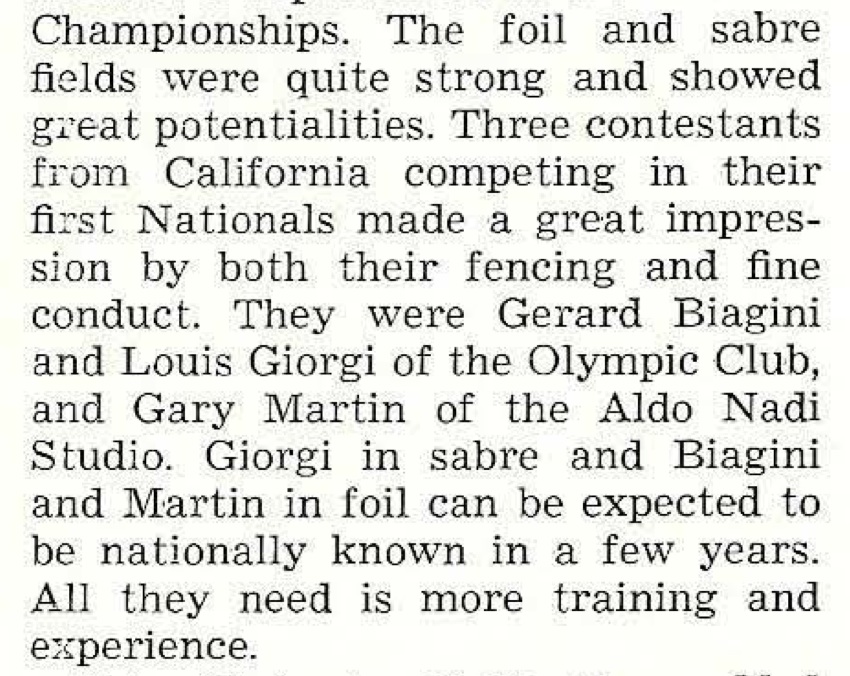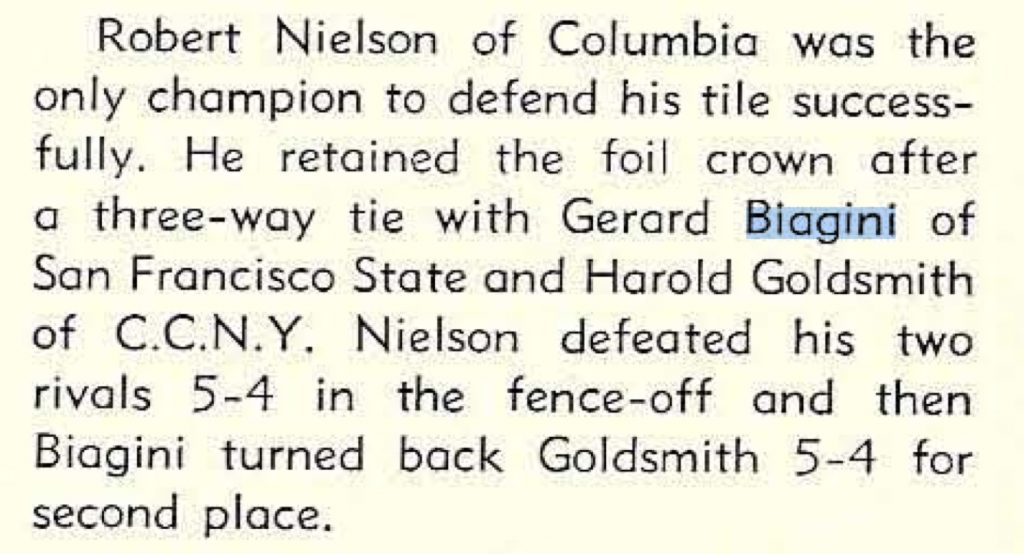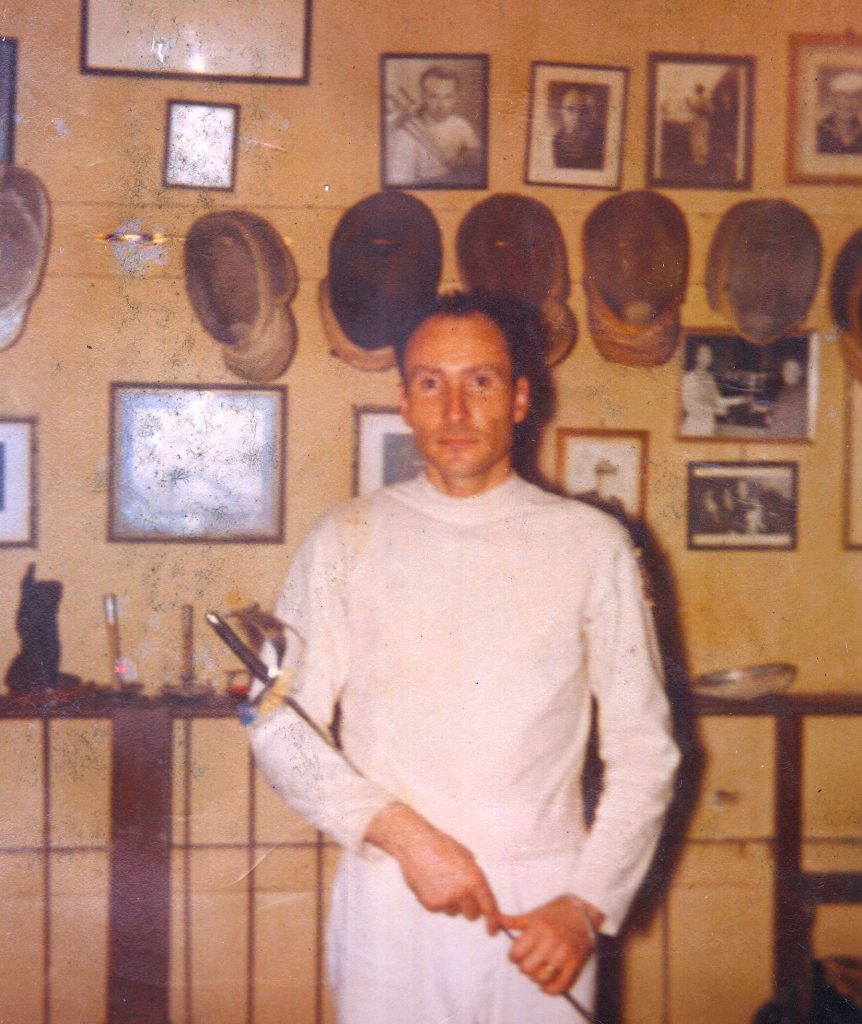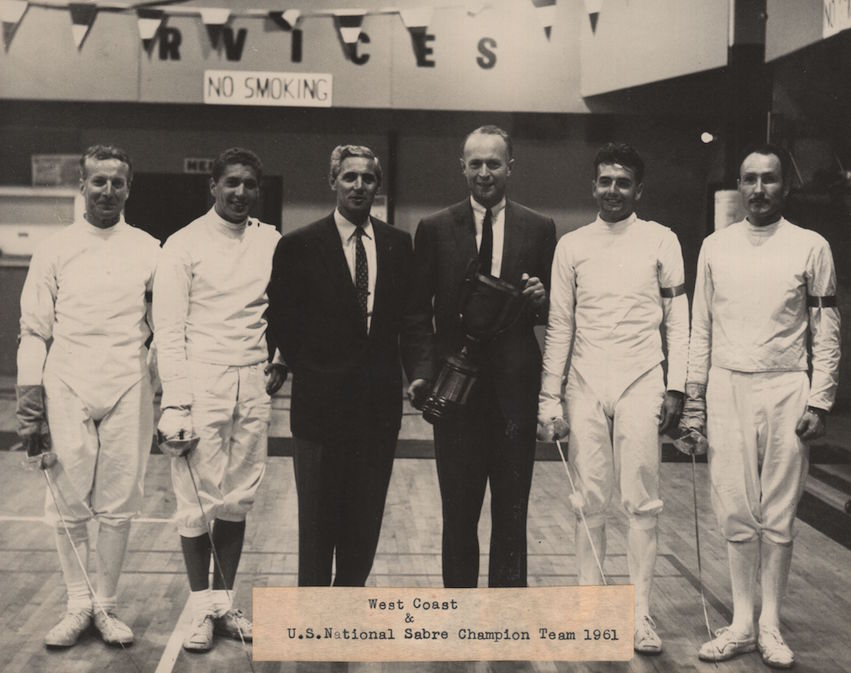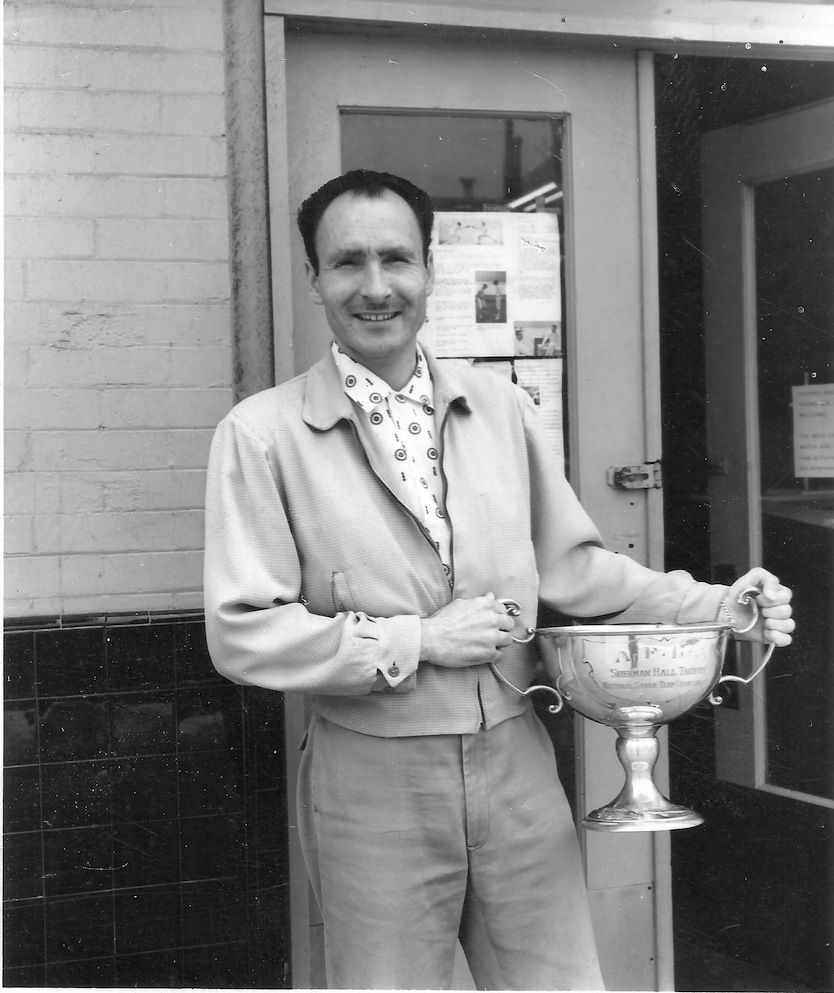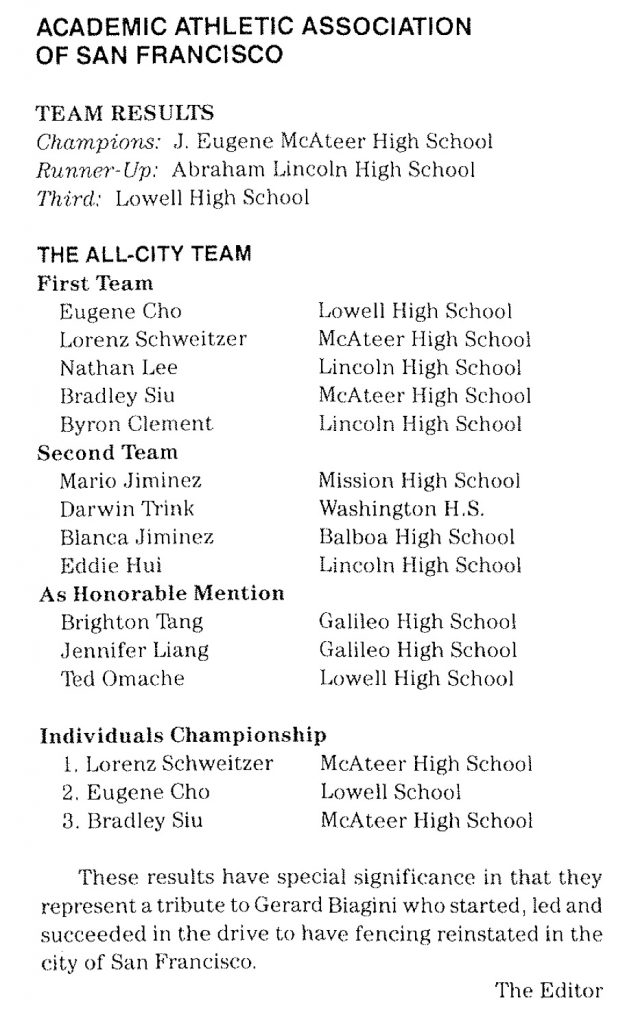Random Stuff
Trying out still more page formatsJust A Standard Page
Nunc et vestibulum velit. Suspendisse euismod eros vel urna bibendum gravida. Phasellus et metus nec dui ornare molestie. In consequat urna sed tincidunt euismod. Praesent non pharetra arcu, at tincidunt sapien. Nullam lobortis ultricies bibendum. Duis elit leo, porta vel nisl in, ullamcorper scelerisque velit. Fusce volutpat purus dolor, vel pulvinar dui porttitor sed. Phasellus ac odio eu quam varius elementum sit amet euismod justo. Sed sit amet blandit ipsum, et consectetur libero. Integer convallis at metus quis molestie. Morbi vitae odio ut ante molestie scelerisque. Aliquam erat volutpat. Vivamus dignissim fringilla semper. Aliquam imperdiet dui a purus pellentesque, non ornare ipsum blandit. Sed imperdiet elit in quam egestas lacinia nec sit amet dui. Cras malesuada tincidunt ante, in luctus tellus hendrerit at. Duis massa mauris, bibendum a mollis a, laoreet quis elit. Nulla pulvinar vestibulum est, in viverra nisi malesuada vel. Nam ut ipsum quis est faucibus mattis eu ut turpis. Lorem ipsum dolor sit amet, consectetur adipiscing elit. Maecenas nunc felis, venenatis in fringilla vel, tempus in turpis. Mauris aliquam dictum dolor at varius. Fusce sed vestibulum metus. Vestibulum dictum ultrices nulla sit amet fermentum.
Flea Market, Budapest Style
While visiting Budapest this past summer to record interviews with a number of people for our forthcoming documentary on fencing great George Piller, we made one very interesting trip to a popular flea market in the southeast of the city, the Ecseri Flea Market. I love flea markets. I get to them less frequently these days, as there aren’t any close by my house. Still, they’re familiar and comforting, in a way. When you get used to the ins and outs of bargaining (or not) and especially if you know what you’re looking for, it can make the experience as close to a hunt for pirate treasure as I’m ever likely to get.
I didn’t know what to expect from a Hungarian flea market, though. I was relieved to discover that it’s as close as can be to any flea market I’ve ever been to in California. The biggest distinction was language. In California, it’s handy to have a little Spanish to communicate. In Hungary, it would have been handy to have a little Hungarian at my disposal. Not a surprise, exactly. My shooter/editor/co-producer/webmaster Greg and I arrived separately from our interpreter and she was running behind, so we just dove in and started wandering through the narrow aisles. The first thing that jumped out at me was the age of the paintings that were common in the first part we saw. Instead of the typical type of home-artist paintings you’d see around here, (no offense intended to you home painters out there) a great number of the paintings we saw were early 1900’s. Lots and lots of older European paintings by unknown, but classically trained, oil painters, often depicting religious scenes and figures. Some really nice paintings, but I wasn’t there to collect paintings – unless they were of famous fencers. The one word that we could say to sellers that would aid us in getting after what we were looking for was “kardvivas”, meaning, more or less, sabre fencing. Nothing really came our way immediately, but I did find a paperback book about the Ludovica school, where Piller’s master, Lazslo Borsodi taught. There’s a photo of Borsodi in the book, so it was a good pickup. Once our interpreter arrived, we had better luck. I found a bronze fencing medal from 1940 – engraved with the date! Not much else came to light, but our interpreter was great at explaining, in much greater detail than our near-lame ‘kardvivas’, exactly what we were looking for. One dealer, with a table full of sports magazines from years past, explained that he had some fencing-related papers or magazines, but not at the market that day. He exchanged cell phone numbers with our interpreter and promised to let her know soon what he had.
We had gone to the flea market shortly after arrival in Budapest – our first Saturday in the city. Over the next week, I sort of forgot about the possibility of getting some old sports papers. The busy daily schedule of travel, setup, interview, tear down, travel, crash, kept my focus on other pursuits. So it was a nice surprise over a week later when Xenia, our translator, showed up with a stack of old newspapers. The dates of the seven papers she scored ranged from 1928 through 1936. Each had at least one photo of someone fencing, or a photo and caption of some fencer or other. Total cost? About $6.
Some of the pictures were easy to interpret. Famous fencers, famous situations, those were simple. Others, well, not so much. I thought for today I’d share the fencing photos I scanned from the pages. There isn’t really anything that helps us much for our documentary, but it’s cool (at least to me) to have these old Hungarian papers with our sport prominently portrayed as a staple part of the daily news of the country. I’ll put them in order of date, oldest first.
The first four are from a paper called the “Pesti Hirlap”, which Google Translate tells me means “The Herald”. A very newspapery title.
From July 29, 1928.
The 1928 Summer Olympics began on July 28th, so this article is part of full page of photos showing some of the Olympians participating for Hungary in Amsterdam. Of the fencers shown, Garay and Glykais were on the sabre team. Rady on the sabre and foil teams, Schenker fenced foil and Toth epee. The first three won gold with the sabre team, but the two stars, Tersztyanszky and Petschauer, didn’t make the paper yet.
From August 14, 1928.
Two days after the close of the Games, Petschauer makes the paper. That’s him with the X under his front foot, fencing against the great two-weapon threat (and Beppe Nadi trained) Gustavo Marzi of Italy. Petschauer was undefeated in the team event in 1928 and dropped only four matches out of 24 in the individual, one being the barrage for Gold against teammate Tersztyanszky. (Tersztyanszky was killed the year following his Olympic triumph in a car crash. He had learned to fence left-handed after sustaining an injury to his dominant right hand in WW1.)
From December 31, 1929.
I shared these magazines with Danny Magay, 1956 Olympic Gold Medal winner, and he told me that the above was a tournament for police officers. No famous names, but they were fencing sabre in Budapest in the late ‘20s, so it’s likely they knew what was what.
From April 20, 1932.
Another police tournament. Referencing Google Translate again, it seems to indicate that “Rendortiszti Atletikai Club” would be “Police Officers Athletic Club”.
This next one, a two-page spread, is from another magazine, this one called “Fuggetlenseg” or “The Independent”. At least, according to GT.
From February 27, 1934.
The fencers in the center left are Endre Kabos on the left and Aladar Gerevich on the right. Both spent their early years training with Italo Santelli. Both were also superstars, but they had very different fates. Kabos was the World Champion in ‘33 and ‘34. Gerevich in ‘35. Kabos won the Olympics in ‘36. Kabos, a Jew forced to do manual labor during WW2, was killed in the Margit Bridge explosion in 1944. The Nazi sappers mistakenly blew up the bridge while they and the foot traffic were still on the bridge. Kabos was returning home across the bridge after a chess match with a friend. He and hundreds others were killed in the explosion. Gerevich, over the course of his career, went on to win two more individual World Championships, an individual Olympic Gold, a total of six Olympic Team Golds and twelve World Championship Team Golds. He was on the Hungarian national sabre team from 1931 to 1960.
Yet another paper yields the next article. “Estikurir” is how this paper is titled. Google Translate would have me believe this paper is called the “Evening Bishop”. I’m going to go ahead and doubt the exactitude of that translation.
From August 15, 1936.
I’m assuming this article, published the day prior to the closing ceremonies of the Berlin Olympics, is boasting of the triumph of the Hungarian sabre fencers. The six fencers pictured make up the Gold medal squad. Kabos, as mentioned previously, won the Gold individual and Gerevich the Bronze. (Gustavo Marzi took the Silver.) One thing to note for those of us keeping score, or just those afflicted with a little OCD (guilty), two of the pictures have their name captions swapped. The bottom row pictures Pal Kovacs on the left and Tibor Berczelly on the right. Just to be, you know, exact. It’s also not clear to me that the column on the right is talking about the column on the left, but I included it anyway.
The final six images are from a single paper. It’s a special edition for the 1936 Olympics and runs through a history of the modern Olympic games, mostly as it relates to Hungarian success.
The first Olympics, held in Athens in 1896, included fencing, as has every succeeding modern Olympic games. Above is a photo of the event for Fencing Masters, showing a demonstration of the Grande Salute.
This photo is the Gold medal Olympic sabre squad from 1908. One interesting piece of trivia we learned on our trip was about the gentleman second from the right, Jeno Fuchs. He won the individual and team Gold at the Olympics in both 1908 and 1912, but never won major Hungarian championships. The reason for this, from what we were told, was that he wasn’t a terribly pleasant man and thus was not welcome in any fencing clubs. Competing in Hungarian championships apparently had a prerequisite of being a member of a participating club. Since he wasn’t a member of a club, no Hungarian championships. Somehow I don’t imagine the lack thereof made his four Olympic Gold medals very lonely. I would guess that having those four would make up for a multitude of slights, real or imagined.
This caricature is of Dr. Sandor Posta, who was coached by both Italo Santelli and Laszlo Gerentser. Interestingly, he is best remembered in Hungarian fencing circles as the man who lost the last bout against the Italians in the team sabre match at the 1924 Olympics, making the bout score 8-8 and giving the Italians the Gold medal on touches received.
A photo of Ellen Preis of Austria, winner of the Gold medal at the 1932 Los Angeles Olympics. Along with Ilona Elek of Hungary and Helene Mayer of Germany, Preis was one of the great women fencers of the 20th century. She won the World Championships 3 times, won two additional Bronze medals at Olympic games and competed until age 44 at the 1956 games where she finished 7th.
Here is the subject of our documentary, Jekelfalussy (Piller) Gyorgy. Piller was his father’s name. A career military officer, he was selected for the Royal Guard after his 1932 Olympic victory. At that time, he took his mother’s name, Jekelfalussy, as it was a more traditionally Hungarian name. He fought in WW1 in Romania and Italy. He lost at least one brother (he had four) and his father to that war. He competed at the 1928 Olympics on the foil and epee teams. After that Games, he switched to sabre and quickly rose to the pinnacle of the international ranks. He won the World Military championship, the Hungarian championship multiple times, the European championship multiple times, the World championship twice and the Olympics in 1932. He retired from competition after 1932, but was called back into the game in ‘33 during the World Championships which, fortunately for the Hungarians, were held in Budapest on Margit Island in the middle of the Danube. Finding themselves one fencer short for the Gold medal match against Italy, Piller – ill at home – was called and asked to hurry to Margrit Island to fence in the team match or the Hungarians would have to forfeit. Down 3-0 in his first bout, someone (multiple attributions) shouted to Piller something along the lines of “have you forgotten how to fence?!” Piller answered something along the lines of, “I was studying!” and went on to win that match 5-3 – along with the rest of his bouts.
Imre Rajczi was on the 1936 sabre team, won the Hungarian championships in 1937 and was a team member of a couple World Championship teams. Rajczi was coached by the great university instructor, Laszlo Gerentser, who was also the coach of Csaba Elthes. He moved his family to Argentina in 1945 and was the Argentine national coach for 10 years.
I’ve never had such good luck finding fencing memorabilia at (or through the auspices of) a flea market before. I will confess that I once found a Hungarian fencing medal at the Skyview Drive In Flea Market in Santa Cruz, CA. This was in 1978 and I was a poor student. There were two medals, but I could only afford to buy one of them. I’ve still got it:
It’s a beautiful thing, isn’t it? I wish I had a photo of the one that got away, but I really only remember that this was the nicer of the two. How it wound up at a flea market in Santa Cruz, I can’t begin to imagine.
I digress, naturally. It’s what I do best. The point: Budapest. Flea market. Win!
Fencing Times Reports on the 1981 World & National Championships
Between my own collection and some donations to The Archive over the last couple of years, I think I have every edition of the Fencing Times that were published beginning, I believe, in 1980. It was nominally the So Cal Division newsletter, but for those of us that knew of its existence, it was a lifeline to all the stories that were afoot in the sport worldwide. There were no comparable sources of information that were as detailed or informative. The internet was still about 10 years away. The modern tech we take for granted today was just a wee little baby.
The issue I’m sharing today is a Special Edition that reports on the World Championships, the World University Games, the US National Championships and other topics of interest. There’s so much information and so many photos packed into the 24 pages we could hardly believe it when this came out. It was similar to when the skateboard punks I went to high school with in Santa Cruz first saw a copy of Thrasher. While they were reading about Christian Hosoi, I was reading about Vladimir Smirnov. So, you know, even.
The cover of Fencing Times, 1981 Special Edition.
Throughout this edition there are great articles and photos. Page two starts the ball rolling with a report on the events at the World Championships in Clermont-Ferrand, France.
I’m cherry-picking my favorite stories here. The above from page 2 is just one of three stories on the page. Turning to page 3, and you see the following two stories on men’s & women’s foil:
The one of Hanisch, above, has identified the fencers incorrectly. In photos from this era, with no names on the back of the lamé, it’s hard to know which fencer is which. I’m going to guess it’s Hanisch on the right with the fleche. (I’ll accept they correctly identified Dr. Marius Valsamis in the background.) The fencer on the right just seems more like Cornelia’s build. I met Hanisch when she came to the Helene Mayer International in 1982, the year after this photo was taken. I had the opportunity to direct her second round pool at that tournament and thus got to see up close what a world champion looks like. She “warmed up” by sitting in the stands watching the other fencers spar. The most memorable moment was after the pool was over and I was about to take the score sheet to the bout committee table, she approached me, shook my hand and said, “You directed very well.” That made the panic I felt through the entire pool worthwhile, for sure. (Besides her, I had a past US National champ, a perennial US finalist and two Canadian National champs. And the 6th fencer was tough, also. It was a killer pool. Hanisch nearly broke a sweat.)
This was the year prior to Smirnov’s tragic death in Rome at the 1982 World Championships. If you’d like to see Smirnov in action, you can go back to a previous entry on this website and see two of his bouts in the final of the 1981 World University Games, which is also reported on in this issue of FT. Here’s a link:
http://westcoastfencingarchive.com/2015/03/12/july-1981-world-university-games-part-2/
That’s all good for the international set, but let’s take a look at one of the Americans in action. Here’s one of my favorite pics, possibly ever:
I didn’t start fencing until I was 18 in 1977, so I was only able to participate in one Junior Olympics. Before I flew to Boston, my coach, Len Carnighan, told me to watch all the finals and to be sure to watch Jana Angelakis, who was a young fencer tearing up the national scene. I remember getting to the venue when the preliminary rounds of the women’s foil was underway. Walking around with my friend Clay Fingerman from New Orleans, we were stopped in our tracks when we saw a woman attack with the same lunge you see in the photo above. I turned to Clay, who’d fenced longer than I, had attended several junior championships and knew everyone, and asked, “Who is that?!” “Oh,” he answered. “That’s Jana Angelakis.” Needless to say, I didn’t move from that spot for the balance of her pool and followed her progress from round to round. She won that year, beating my future teammate, Joy Ellingson. Sorry, Joy. I’m afraid I was watching Jana.
I think the above chart, from page 8, was when I first learned that there was something called the World Cup in fencing. Nowadays I can look up the standings for the World Cup on the FIE website and the points are up to date as of the most recent World Cup tournament. But you know what the biggest difference is from this ranking to what you’d see today? Today there’d be Americans on the list.
Speaking of Americans, the coverage of the US National Championships starts on page 11. This was my first Nationals, so I’ve been having a nostalgic flashback going through all the results and seeing so many names I remember from this tournament, which was such a powerfully formative event for me.
The center of the magazine has these two facing pages above that was a who’s who of the fencing scene in the US in 1981.
I had a great time at this Nationals. As a first timer, it was hugely informative. One of the clearest memories I have is walking into the venue for the first time when the sabre prelims were underway. I fenced foil & epee, so I was there to get my weapons checked. The pool nearest the entrance had a bout in progress, so I stopped to see some sabre action. But what really got my attention was that the fencer with his back to me was wearing a chainmail shirt under his sabre jacket. You could just see a couple rows of rings peeking out the bottom of his jacket. Now, I’d fenced a little bit of sabre, but it was, you know, in Santa Cruz, where everything is mellow and sun drenched and people are more likely to have on sunscreen under their jacket – not freakin’ chainmail. “What the hell?” I said aloud. My teammates, John Ryan and Noel Hankla, asked me what was up and I pointed out the chainmail under armor. They kind of paled, having the same thought I had, which was, “Holy moley, how hard do people hit at Nationals?”
In 1981, I had just finished my first year at San Jose State, so Mike D’Asaro, above, was my coach, and I got thrashed by Greg Massialas, also above, whenever I picked up a foil. Mike had me fencing epee that first year though, so I spent most of my time getting thrashed instead by Peter Schifrin – who made it all worthwhile by giving me daily epee lessons. It wasn’t until the following year that I got regularly thrashed by Greg. (Greg’s idea of training with me was to try to win every bout without me scoring. I knew I was getting better when I actually started making some touches, but in the 3 or 4 years that I spent training with Greg, I know that I beat him in practice exactly twice. And both victories were on the same day.)
Since I put up the World Cup standings, it only makes sense I put up the US standings, which show up on page 16. So many familiar names on here. Others will no doubt recognize many more than I do. And it’s kinda regional, right? I remember the names of the West Coast people a lot better than the East Coast folks, as I saw my locals so much more often. I represented the Santa Cruz Fencers Club at this Nationals – we took 8th in team foil (crushed by NYAC 9-1 in the 8) – and one of my teammates, Noel Hankla, finished 30th in individual foil, so that put him on the points list. Last on the points list, but still on it. He’d been fencing about 2 years. A natural competitor, he’s been the badass of his high school football team. He told me the only opponent who ever beat him in a game – on almost every play – was Ronnie Lott.
Buried on page 17 was an announcement that was much more prominently covered in American Fencing magazine:
No more amateur fencers here! I remember there being a lot of discussion about this re-branding. It seems to have worked out ok.
Pages 19 & 20 have the results for the World Championships, pools through the direct elimination rounds.
Following the international results, the two last pages of the magazine are the pools through finals results for the US Nationals. (“Hey, Mom & Dad! I got my name in the paper! See? I got eliminated right here!”)
That’s what you had before the internet, folks. Fencing Times didn’t last too long. I haven’t counted to see how many issues they published. And I don’t know all the ins & outs of its demise. However, I do know that the So Cal division put on a big, fun, entertaining and way too expensive Junior Olympics in, I think, 1982, and lost a bunch of money. I’m guessing that’s what cost us a longer run of Fencing Times. It was nice while it lasted.
Unforgettable: Jan Romary
Janice Lee York Romary was the US National Foil Champion ten times in a span of 18 years from the first win to the last. She represented the United States at the Olympic Games a then-record six times. She finished just off the medal stand twice, taking fourth in consecutive (‘52, ‘56) games. Very few fencers in the history of US fencing have come close to achieving a similar record of success.
The young Jan York, fourteen in 1941, receiving the trophy for Junior Pacific Coast Champion from her coach, Ralph Faulkner.
An undated photo, but probably from around 1945.
When you’re so successful at something from a young age, I guess you get your picture taken frequently. Certainly the case with Jan. Most of the images – actually, all of the images – shown here are from Andy Shaw’s collection from his Museum of American Fencing.
Jan’s career as a fencer can easily be described as spectacular. She made her first Olympic team in 1948 as a 21 year old, and her final Olympics in 1968 at the age of 41. At that final Olympics, where her participation set the record for women athletes by making a sixth team, she was honored with the task of carrying the American flag during the opening ceremony.
Jan York Romary carrying the flag at the 1968 Mexico City Olympic Games.
In 1948, in addition to making her first Olympic team, the women’s squad from Ralph Faulkner’s Falcon Studio also took home the National team trophy.
Ralph Faulkner of the Falcon Studio with his successful Falconettes. From left, Jan York, Dierdre Gale and Polly Craus.
(Andy’s notations and captions on the original photos shown above reveals conflicting information. The above photo is dated 1948, but another note claims this team won 3 consecutive Nationals from 1949 to 1951. So this photo is either 1948 or 1949. I’m going to guess this is 1948, simply because there is only one trophy here. See the next photo to see what I mean.)
Another crew of champions from the Falcon Studios. From left: Bernardine Meislahn, Marion Washko, Polly Craus, Dierdre Gale, Jan York (she’s got a ring on her finger now) and Ralph Faulkner.
Note the two trophies above. This photo also has no date, but if the run of three National team tiles is correct, then this could be ‘49, ‘50 or ‘51. In ‘49, Polly Craus won the US National individual title and in ‘50 and ‘51, Jan won the individual title. So the above is from somewhere in that timeframe when Faulkner’s Falconettes took home both the individual and team titles.
In 1952, the West Coast shut out the East Coast for placement on the Olympic team with two members coming from Faulkner and the third coming from across town.
The 1952 US Olympic women’s fencers: Maxine Mitchell, Polly Craus and Jan Romary.
Jan and Maxine both made the finals at the 1952 Olympics. The top two finishers had 5 victories in the 8 woman final, and had to fence off for the gold. The next four finishers all had 4 victories. When the dust settled, Jan finished 4th and Maxine 5th. Polly wound up 13th in the field of 37 fencers. No other country had 3 fencers in the top 15. Had there been a team event held for women’s foil, they may well have had a chance to bring home a medal. Alas, no women’s team foil events in the Olympics until Rome, 1960.
When you live in Hollywood, you have to have head-shots handy in case a casting director approaches you in a grocery store. This was Jan’s, I’d guess. (My friend Dave Schwartz once got in line at the bank right behind Moe Howard of the Three Stooges. “Excuse me,” said Dave. “Are you Moe Howard?” “Why, yes I am!” answered Moe Howard, turning and shaking Dave’s hand. Moe gave Dave an autographed head-shot like this photo, that he just happened to be carrying around. And once other people in the bank realized who he was, he was able to give away a bunch more. Anyway, that’s Hollywood!)
Jan didn’t stay with Faulkner’s Falcon Studio for her entire career. She changed clubs several times, although she would sometimes return to Falcon for a period of time. Today, that wouldn’t seem too odd; people do move around, or fence at one club one night of the week and another on a different day. Not so, back in the day. If you were a Falcon, that’s where you fenced. So Jan was a bit of an outlier in that way.
One of the other coaches she worked with was Aldo Nadi.
Aldo Nadi, center, in the suit, watches Jan fence. She’s on the right.
Another photo of Jan with Aldo Nadi, from 1951
Later in her career, she would frequent the Joseph Vince Studio.
The great Hungarian-born maestro, Joseph Vince, gives Jan Romary some pointers.
The 1967 Pan American team. From left: Veronica Smith, Harriet King, Jan Romary, Maxine Mitchell. And is that not a great mid-60s outfit?
After retiring from competition, she remained involved in the sport and the Olympic movement, taking administrative positions for both the ‘76 and ‘84 Olympics. She’s also (not surprisingly) in the US Fencing Hall of Fame. Because let’s face it, 10 National championships (a US record for men or women until Peter Westbrook won his 11th of 13 in 1988) and 6 Olympics? That’s a Hall of Fame career.
Melbourne, 1956
The 1956 Olympic Games in Melbourne, Australia comes up frequently around here. It was, after all, the tournament from which many Hungarian athletes made the difficult decision to not return to their country. The challenging notion of having to make such a fateful determination is one that I really can’t imagine. Knowing you could be leaving friends and family behind, perhaps for good, would be tough on anyone. However, the US benefitted mightily due to the strength of will that the fencers who came to our shores showed. The Bay Area alone found itself with fencing great George Piller, Olympic Gold Medalist Dan Magay, Junior World Champion Tom Orley, Hungarian Olympic training squad member George Domolky and youngster and future 5 time US National Champion and Olympian Alex Orban. They all had a too brief but resounding impact on the fencing scene around San Francisco.
What with the effort going on hereabouts to make a documentary about George Piller, I keep an eye and ear out for relatable tid-bits that may prove of value in helping to tell the tale. This is one such small item that I recently picked up via my online addiction to Ebay.
That’s the cover of the programme for all the 1956 Olympic fencing events, held at St. Kilda’s Town Hall, which, by use of Google Map’s clever 3D viewing tools, I now know looks like this:
Thanks, Google!
(Trivial note: if you drop the little street view dude right on top of the building, it’ll take you inside! They seem to be setting up for a concert. Maybe Crowded House is going to play.)
Where was I? Oh, the programme!
The one I picked up is in near perfect shape. No pen or pencil marks. No tears. Of course, that means somebody got it, put it away and paid no attention to keeping track of the scores of the bouts they were watching. How come fencers don’t do what baseball fans do and keep a running tab of everything that goes on? A little personal score sheet. “Oooh, another off-target. That’s 3 in this bout! Never gonna win that way. Mark it down; off target, forearm.” Anyway, we don’t do that, do we? Well, whoever owned this didn’t either. So, no notes or personalized stuff. Sure, it’s pretty much mint condition, but I like the personal touch of someone handling things.
I digress, as per usual.
The opening two pages give a nice idea of whose country abbreviation might show up on a scoreboard. I say might, as not all these countries had a team or individual represented in the fencing event. It also names all the big wig Olympic – I was going to say ‘guys and gals’, but now that I look more closely, I have to just say “guys”, as not a single woman seems to be represented on the executive board, executive committee or anywhere else. I want to think the world has changed a bit since ’56. I wonder, has it?
…and then we get to the good stuff – the names of the actual competitors. Only 8 teams up for the Men’s foil. The US team of Axelrod, Bukantz, Goldsmith, Krieger, Lubell and Shurtz took 4th in the event and nearly landed a bronze medal. Ah, so close.
And, if you’re interested in following the thread further, since the scoresheets here are all blank, check out this link:
http://library.la84.org/6oic/OfficialReports/1956/OR1956part1.pdf
http://library.la84.org/6oic/OfficialReports/1956/OR1956part2.pdf
That’s parts one & two of the Official Report from ’56, containing the result of every race, match, and bout for the entire games. Plus a lovely photo of the Queen! Fun to check out! Peruse at your leisure. In the mean time, here’s a shot pulled from the above:
Here’s the lineup for the Epee Individuel (I like this spelling; I think I may keep it.):
My pal Skip Shurtz went down to defeat in the semi-final after fencing well in the early rounds, leaving him in the top-16 of the event. His teammate, Dick Pew, was on fire that day, finishing first in his pool through the semi-final with only 2 defeats. In the final, a pool of 8 fencers, he dropped 3 bouts, leaving him in 4th spot, just below the top 3 who all tied with 5 victories each and had to fight it out in a barrage for medal placement. Oh, and, all three were Italians. And! I just found an error in the above programme! Of the three Italians listed above in the individuel event, Bertinetti is listed, but the Olympic Silver Medal went to Delfino of Italy, so he was either a late swap or some other shenanigan that bumped Bertinetti for Delfino. (Gold to Pavesi, Bronze to Mangiarotti.)
Last, I’ll put up the sabre team:
Let me bring your attention to the Previous Olympic Winners near the top of the page. All Hungarians, but for two Italian victories, only one of which was contested. The Hungarians, after taking home just about every sabre medal in ’08 and ’12, didn’t participate in 1920, leaving the competition clear for Nedo and Aldo Nadi to command the field. (In 1912, the Italian team couldn’t get out of the first round in the team event, and Nedo found himself as the only non-Hungarian finalist in the individual. He placed 5th.)
Above here is another clip art piece from the Olympic Record, with four Olympic Gold medalists: Gerevich in ’48, Kovacs in ’52, Piller in ’32 and Karpati in ’56 (and again in ’60). None of them ever took less than gold in an Olympic team event, either. Gerevich had 6 on his own – 1932 through 1960. He was, you know… pretty good.
One interesting last point I’ll make that comes from the research and conversations we’ve been having about Piller for our film. You might have noticed that he is titled above as “Manager” and not Coach. This was a revelation to me, as I’d always heard about him as a coach. That’s what he did at the Pannonia club in San Francisco and I just assumed that was the sort of role he played with the Hungarian team. Not so! I got this confirmed by Dan Magay, one of the members of the ’56 Gold Medal winning sabre team. Piller did give lessons, but he was more useful as a strategist. He could watch another fencer and give direction and advice on how to beat that person, right now. He watched everyone and everything. He analyzed tendencies, favorite attacks, preferred parries, and kept it all in his head. When you needed to know how best to approach a bout, he would have a ‘here’s what to do’ all ready. That, it seems, is what truly set Piller apart. Not style, or technique, or his size. He was, above all, a strategist. That is what carried him as a competitor (he was World Champion in ’30, ’31, Olympic Champion in ’32, then retired. He was 33 years old). It also what set him apart as a coach and mentor. If such a thing had been done at the time, it seems he would have been the penultimate strip coach. Back then, of course, coaches could only offer advice before the match. No talking during, no time outs, no bits of guidance or intelligence allowed.
And last, just so you know how serious we are about the documentary about Piller….
…this is me at the Hungarian Military History Museum in Budapest (on the Buda side of the Danube) holding George Piller’s 1932 Olympic Gold Medals, team and individual.
That was a pretty good day.
TFC MF, June 1984
I confess that it has been hard to sit down and find the wherewithal to come up with a story in the past weeks. Since the death of my first coach, Len Carnighan, it’s been frankly a challenge. For those of you who don’t know, we here at the West Coast Fencing Archive are in production on our first documentary feature (I say “first” in hopes of their being a second someday) on famed Hungarian sabre champion and coach, George Piller, and I had very much hoped to share all we’ve learned about Piller both stateside and in Hungary with Len. I won’t have that chance now. Without Len, I’m certainly not doing the work I’m doing now, nor would I be the person I am today, although my failings are my own. I find that his death has sapped some motivational force from my creative space. But like any challenge I ever faced with Len as my coach, I’ll take his advice from memory and search for a way through to some sort of success.
Searching around for something to focus my attention, I’ve been digging through boxes, pulling out old photos and postcards, looking at pictures – you know, making a mess. Finding nothing to hold my attention, I tucked things back away and sat down to go through digital files and came across a folder of scanned photos titled simply, “McDougall Negatives”. Now, lucky me, I have a number of negative sets from John McDougall – student of both Piller and Nadi, fencing master, and founder of American Fencers Supply, if you need a reminder – but I hadn’t paid much attention to this batch of images since scanning them. Since the files were big (I scan at the museum standard 600dpi, tiff) my poor 2006 Mac was having a hard go of showing me images, so I imported them all into iPhoto to get a look at what I had. Lo and behold, some interesting images! Some casual pics taken up at the Charles Selberg Southern Oregon homestead, some goofy shots of John & Charlie in Charlie’s salle – and then a series of images from a 1984 men’s foil national event that took place at The Fencing Center at their 40 North First Street location.
There aren’t a whole lot of photos and not all the bouts are represented, but there is a finals lineup, so we can at least ID the players.
From left to right: Ed McNamara, Mark Smith, Don Blayney, Pat Gerard, Michael Marx, Mike McCahey, George Nonomura, Greg Massialas. So, final of 8, direct elimination table.
The bracket (seen in a couple of blurry images) breaks down like this:
Massialas v Gerard
Nonomura v McNamara
Smith v Blayney
McCahey v Marx
No pictures from the first match, but a nice one from the second.
George Nonomura on the left puts out a stop hit against the attacking Ed McNamara.
We do have a photo from the third match, with local product Don Blayney having a go against 2 time National Champ and Olympian Mark Smith.
Blayney, the big lefty, throws a late stop against Smith that’s probably out of time, if Mark reached. But reaching Don was always the issue, him & his long arms. I still have nightmares. (Ok, not really nightmares so much…)
The final matchup in the quarters has the two Mikes; McCahey and Marx, New York versus Oregon.
McCahey attacks, but Marx keeps good distance.
After the quarters wrap up, we’re left with Massialas versus Nonomura in the first bout, and Smith versus Marx in the second.
Nonomura and Massialas joke with director Jeff Bukantz in preparation for their semi-final matchup.
George goes low against Greg, but it looks like Greg picked up the blade with that sweeping prime parry and took the point to the back. Also in this photo you can see the score – and this is back in the day, so touches were scored against. George is down 5-2 at this point. Note the scorekeeper in the mask . Better safe…
Greg wins the battle with George and moves on to face Mark Smith. Sadly, no photos from the Marx/Smith match.
Greg & Mark, ready to go. (Hey, scorekeeper! Get that mask on!)
Mark Smith was a master of counter-time and you can see he’s stepped into the teeth of Greg’s attack here. Blowing the image up big, I can’t see an impact divot on Greg’s lamé, so maybe Greg picked up the stop with the septime parry he’s making in this shot. Or maybe he’s parrying with his forearm. Can’t really tell.
Smith stepping in again, and it looks like this time it paid off. Without the lights, I can’t tell.
Positions reversed, but action continuing.
I wasn’t going to put that last picture in, but then I realized it had both the score and the event poster over on the scorer’s table. The poster, which I’ve seen before (and have a copy of) can be seen in the photo below, taken at Charlie Selberg’s old salle in Oregon.
The D’Asaro Foil Weekend, June 21 & 22, in San Jose.
You see, I was going to title this article something generic and ask for help with trying to find a date, and there it was in the images staring out at me. Took me long enough to spot it, but there you are. At any rate, I’ve put all the puzzle pieces together now.
What I don’t know, and there isn’t a shot of the score sheet to tell me, is who won the final bout? Greg probably remembers. And if they fenced off for 3rd place, with Nonomura versus Marx, did George pull out a 3rd place over Michael?
Perhaps the interwebs and social media connectivity will help us put those questions to rest. It’s certainly a safer subject than the presidential race.
Here’s to fencing, everybody.
A Lifetime of Lessons
“Do you not know that a man is not dead if his name is still spoken?” – Terry Pratchett
My first fencing coach, Len Carnighan, died a week ago today, September 11, 2016.
I was in his first class at Cabrillo College in the fall of 1977. It was his first opportunity to teach at the college level, and only about a year after he had decided to making fencing his career and future. He was also teaching at the Freedom Fencers Club in Freedom, California, founded by John McDougall, which gave him a way to offer interested students additional opportunity to fence.
The usual suspects out at the former hay & feed barn that housed the Freedom Fencers.
As an 18 year old coming to fencing with a mind filled with sword slashing fantasies harvested from books and movies, I well remember the first speech Len gave to start us off. It was like a splash of cold water combined with a statement so intriguing that it demanded to be investigated.
He said, “Now, if you’ve come to this class with the idea of being Errol Flynn or Conan the Barbarian,” (for me, check and check…) “…I must tell you that that is not what fencing is about. However, what you are going to learn in this class – is even better.” My reaction was, “wh…what? Even better?! This I gotta see!” I was hooked from that moment.
That’s me, 5th in from the left, with the proud instructor far right.
Len spent 5 years teaching at Cabrillo and developed some terrific fencers and competitors, amassing a successful record in the now-defunct Junior College Championships in Nor Cal.
Cabrillo College’s 1980 team with a collection of trophies and medals, a broken sabre, and Len’s boy Lencin Carnighan.
Len enlisted in the Marines at age 17, served in Vietnam during the Tet Offensive and came home with a Purple Heart and PTSD. He went to college on the GI Bill, starting at LA Valley College where he started fencing under Joe Abel. The story he told me was that he took up fencing because he was sure that when Atlantis rose again, guns would no longer be available and knowing sword fighting might prove useful. Now, I don’t know how late he was up or what he’d been doing prior to coming up with that particular theory of the future of Earth, but his ability to tell that story with a straight face in a passionate tone made the listener, at the very least, think, “well, I guess that could happen…” He transferred to UC Santa Cruz on the advice of Joe Able, so that he might study with Charles Selberg. It was under Charlie’s tutelage that Len settled on the idea of becoming a fencing teacher himself.
Len as a UCSC Banana Slug fencer, although the fencing team chose Robert Crumb’s Mr. Natural as their own mascot.
Around 1980, Len closed down the Freedom club and opened up the Santa Cruz Fencers Club at the Palomar Hotel on Pacific Avenue in downtown Santa Cruz. The club met in the ballroom of the old Spanish style hotel, built in 1928.
Santa Cruz fencers at the Palomar Hotel.
Len credited his teaching methodology to several fencing masters besides Charlie Selberg. He also learned a great deal from John McDougall, Jack Nottingham and Michael D’Asaro Sr.
Michael, Angela Dracott and Len.
Len was never shy about getting knowledge about fencing from whatever source might present itself. He often told a story about eavesdropping on an historic moment at the 1984 Olympics involving Peter Westbrook and his fencing master, Csaba Elthes.
Elthes & Carnighan
Len scored a credential for the LA Olympics in 1984 and spent his time finding ways to get into places and situations where he could see and learn from these, the best and brightest of the fencing world. His instinct for being in the right place found him backstage at the moment Elthes approached Westbrook before his bronze medal match. Other fencers, seeing that Csaba wished to say something to Peter, backed away to give them space for a private moment. Not Len. As he put it later, “I wasn’t going to miss this!” He stuck in his ear to learn what the last wisdom before such a momentous bout might be. As he told it, Csaba simply said, “Fight, Peter! Fiiiight!!”
After Santa Cruz, Len taught in Ashland, Oregon. It became a bit of a hotspot for fencing masters. Len, Michael D’Asaro, Charlie Selberg and John McDougall all moved from Central Cal to Ashland at about the same time. That’s a lot of fencing masters for one dinky Southern Oregon town.
Moving again, Len settled in Portland, Oregon, opening the Studio of American Fencing in Northeast Portland.
Len at SAF.
He taught a lot of fencers at this salle and it was fortunately situated right next door to a local bar with a pool table. Of course, being next to a bar, you could expect some interesting situations. One story went like this.
“One night, it’s late and I’m wrapping up teaching. Some drunk biker dude stumbles from the bar into the club and starts yelling that fencing is for wimps and he’s there to kick all our butts. I tried to talk him down, but he just yells at me. “Are you the teacher here? Gimme a sword, I’ll kick your ass!” Well, I didn’t really want to hurt the guy, but I put a sabre in his hand and say, “Ok, On Guard.” He makes one step forward – he’s wearing a leather jacket, remember – and I step forward and crack him across the chest with the best chest cut of my life. Well, he stands straight up, hands the sabre to me guard first, turns around and walks out without saying another word.”
Eric Patton and Len
One of Len’s young fencers in Portland was one of those rare prodigies. Eric Patton was a young fencer that had a tremendous talent for competing. As a young fencer, he attended his first international competition in Tel Aviv for the Cadet World Championships in 1987, where he placed 9th in the world. Sadly, he didn’t stick with fencing and Len was left wondering how far this young man may have gone.
Len and his fencing master, Charlie Selberg at the Studio in Portland.
Len was a fencing master, but don’t look for his name in the records of the US Fencing Coaches Association. Charlie Selberg, living out in the woods of Southern Oregon, decided to confer his own degrees to deserving fencing teachers. That was the closest Len would get to anything remotely ‘official’. His stint in Vietnam left him with both PTSD and another P – paranoia, especially toward anything to do with the government who he credited with nothing less than trying to kill him in Southeast Asia. That paranoia was also reflected in his attitude towards any number of organizing bodies and certainly colored his opinion of joining something like the USFCA. That he was capable of doing anything that may have been required of him to pass a credentialed exam by USFCA members, there isn’t any doubt. That he never considered it was simply an example of who he was and what he stood for – or against. He drew clear lines, sometimes in places where his friends and colleagues would be left scratching their heads, but you always knew where Len stood. His talent and passion for teaching fencing was never in question. He could teach individuals and classes with a panache that brought out the best in his students, and he could create in those students an enduring love for the game.
Len’s last class, Portland State University, 2016.
Len was married three times and had two sons, Lencin and Ray. During his life, Len collected a great number of dedicated friends as well as professional colleagues. Sadly, his life also featured a number of tragedies. But what led to the end game? We’ll never know, it would seem. You see, it appears that Len killed himself. I can’t figure it. After all he’d been through, why now? At other points in his life, maybe. Now? This is a lesson I can’t process.
A last tragedy from Len’s life, left behind for all of us to wonder about.
Len and Claire Braunhut at Freedom Fencing Club. Claire was one of Len’s Cabrillo students.
I suppose that’s the natural stopping point for this. I won’t though. There’s other, better, lessons and memories to recall.
The Cabrillo team in 1979.
Charlie, Len and Zack, who now runs the Studio of American Fencing.
Left to right, Michael D’Asaro Jr, Len, Charlie Selberg, Michael D’Asaro Sr, and Gay at a San Jose State summer camp.
Len and Dean Hinton.
Greg Massialas and Len at the San Francisco Men’s Foil World Cup.
Len flanked by Leon and Yves Auriol.
Vinnie Bradford sharing a laugh with Len.
I’ll end here, with a glass of wine and a smile. Hasta la vista, Len.
A Correction and an Announcement
I got a very nice phone call from Gerard Biagini this week. He is not digitally connected via the world wide web, but his daughter was kind enough to show him last week’s story that I wrote about my visit. Jerry called to thank me for posting the story. He was very flattered by the attention and appreciative of being remembered.
He also, however, had one note. In the article, I had stated that he was a 3-time winner of the National Team Sabre Championships in 1960 through 1962. He assured me it was only twice, 1960 and1961, and that he hadn’t fenced at all at the 1962 Nationals. Now, I thought I had done my homework correctly, but as soon as he told me, I knew I’d missed because, as I made clear in last week’s article – Jerry knows.
I checked back through American Fencing Magazine and – of course – he was correct. (September 1962, if you’re interested.) And, as usually happens when I pull up an old, old issue (I was 3 years old in Sept. 62) I found another tidbit of historical data that was pertinent to my present endeavors. The team that did win in 1962 was from the NYAC and consisted of:
Dr. Tibor Nyilas (Olympic Bronze Medalist 1948, TS-USA), the seven-time US National Champion and four-time Olympian who, at some point in his illustrious career, looked like this:
Attila Keresztes (Olympic Gold Medalist 1956, TS-Hun), who returned to Hungary not long before his death and was given a stipend by the state as a former Olympian. For the 1964 Tokyo Olympics, he looked like this:
Dr. Laszlo Pongo, a member of numerous National Championship teams and international squads, as caricatured in a 1961 Polish newspaper below:
….and Tom Orley (1954 Junior World Champion, S-Hun, 1964 Olympian, USA) who, in the 1964 USOC Olympic Book, looked like this:
Now, what do all these four above have in common? Easy – they’re all originally from Hungary. That’s significant for today’s post, as I’m finally going to let the cat out of the bag, as it were, to announce that the West Coast Fencing Archive is currently in production on its first – and possibly not last, let’s see how this goes – documentary film on yet another Hungarian, Jekelfalussy-Piller György. Or, as he was known by the Americanized version, George Piller.
Now, there’s no good reason to give too much away at this stage or you won’t want to come to the screenings or buy the DVD (with extras!). Not that any of these will be available until we’re done with the film – and we’re not done with the film. In point of fact, we’re in the midst of a long round of interviews. But we’re making a movie.
Briefly, Piller was a champion fencer from Hungary, winning the World Championships in 1930 and 1931 and the Olympic Championship in 1932. After WW2, he became a coach for the Hungarian team and they were nigh unbeatable until the 1956 Melbourne Olympics and the Hungarian Revolution, when Piller opted – along with many countrymen – not to return to Hungary. He settled in San Francisco, the Pannonia Athletic Club was built around him, he coached a number of US champions, but died at the too-young age of 61 from throat cancer.
That’s the terribly short version. So many stories have already come our way, and we’ve got a lot of people to talk to yet. I’ll try to drop some stories here once in awhile, just to keep you who are still reading up to scratch on our progress. We’re traveling to the East Coast next week and to Hungary in August. There will be much to tell, I suspect.
But let’s not forget that I started this with Jerry Biagini. Piller was Mr. Biagini’s coach for that all-too-brief time in San Francisco. During my hour talking with him that I wrote of last week, Mr. Biagini told me a story that I’d never heard before and I can’t help but share, because in an alternate universe, the future of sabre fencing in the US could have been very, very different.
If you know your sabre coach history in the US, you know that Csaba Elthes created an astonishing parade of champion sabre fencers from the 1960’s through the 1980’s. If you don’t know your sabre coach history, trust me when I say “astonishing” isn’t too strong a word to use to describe the success of Elthes’ students.
Here’s the story Jerry told me.
At the US Nationals in Berkeley in 1971, Csaba Elthes asked Jerry Biagini to get him away from the venue for a bit. His fencers were done for the moment and he needed a break. He seemed a bit sad even, so Jerry took him across the bay to San Francisco and they toured around. Csaba eventually told him what was on his mind. According to Csaba, he and Piller, prior to Piller’s illness, had been planning to find Elthes a teaching position at a club, and college or university in the San Francisco area. Piller was coaching at UC Berkeley and the Pannonia Athletic Club at the time they had this conversation. What they planned was that Elthes would come to San Francisco and start another ‘competing’ program that would allow the two of them to create fencers and push them into competition with one another to develop the strength of both programs. All came to naught of course, once Piller became ill. Elthes expressed to Jerry his disappointment that after Piller’s death, he never received a call to come to San Francisco to take over at Pannonia, which he had expected and very well may have accepted. (This would have been in 1960.) Of course, Jerry was shocked to hear this. Nothing of this plan was known to him or as far as he knows, anyone else other than Piller and Elthes.
Piller and Elthes, both based in San Francisco? The mind whirls in trying to comprehend the magnitude of such an arrangement.
What might have been, I wonder?
Csaba Elthes, second from the left and George Piller, far right.
One Hour
A couple of Fridays past, I was able to spend an hour speaking with Gerard Biagini. Now, if his name is not familiar to you, it really should be. He’s been a mainstay of fencing in the Bay Area since before most of us were born. I first became aware of Mr. Biagini as a young fencer, as he would invariably show up at tournaments at the Pannonia Athletic Club, back when it was still a going concern in San Francisco.
“There’s Mr. Biagini,” was spoken to me in hushed tones.
“Who’s he?” I asked.
“He was really good,” came the response.
The “really good” implied much more than ‘he used to fence’ or ‘he won some tournaments’. There was a sense that he was ‘somebody’ in the sport. Not just involved in the sport, or a past winner, but a man well respected by his peers. A man deserving of that respect.
I had that original impression compounded in the past few years since creating this Archive. In my conversations and interviews with fencers of past eras of competition, when a memory of an event or the name of someone was too elusive, I often heard, “Well, Jerry Biagini would know,” or “Jerry would remember.” With such confidence in his knowledge of history, compounded by the many, many people who invoked his name, it was inevitable that I would contact him. I was finally able to arrange some face-to-face time with Mr. Biagini and he more than lived up to his reputation. He knows things.
Gerard Biagini, Youthful Swordsman
Gerard Biagini began fencing at a young age at the Unione Sportiva Italiana, a San Francisco club founded by the Italian community. From 1925, the instructor there was a Mr. Edward Visconti. Visconti taught there until the club was shuttered around 1941 or 1942 as a reaction to some of the members professed fascist leanings. Visconti retired from active coaching and gave the equipment from his club to Hans Halberstadt, thus giving Hans a starting point for his own Halberstadt Fencers Club. Hans had been teaching as an assistant at Erich Funke d’Egnuff’s club before opening under his own name. Visconti went into the glove making business, and all the smart fencers of the time wore Visconti’s handmade doeskin fencing gloves.
Hans Halberstadt, Gerard Biagini and Edward Visconti.
Talking with Jerry is the opportunity to hear an encapsulated history of fencing in Northern California. He takes every opportunity to laud his influencers and contemporaries.
Visconti: “He had an enormous talent for teaching excellent basics.”
Edward Visconti, from the wall of the Halberstadt Fencers Club.
Jack Baker: “He singlehandedly built the NorCal division into the largest in the AFLA outside of Metro New York.”
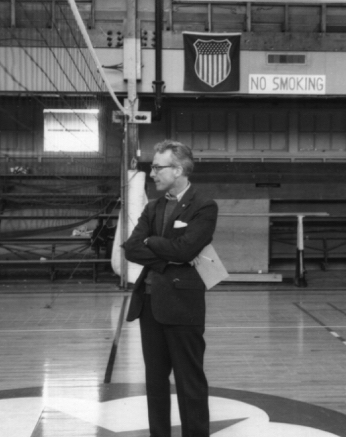
Biagini’s good friend Jack Baker in 1964, running a tournament at the Letterman Gym.
George Piller: “Just a wonderful man.”
Biagini taking a foil lesson from George Piller at an exhibition at the San Francisco Fairmont Hotel, 1958.
Michael D’Asaro: “An amazingly talented coach.”
1984 Olympian Peter Schifrin taking a lesson from Michael D’Asaro, Sr.
Daniel Magay: “Dan was the epitome of what a sabre fencer wanted to be.”
Dan Magay, 3-time US National Individual Sabre Champion and Olympic Gold Medalist, with Gerard Biagini, taken around 1964.
Tom Orley: “In his first US tournaments, he looked a bit like a hobo with his borrowed equipment, but he could do extraordinary things with a sabre.”
Tom Orley & Jack Baker in 1957. Orley was the 1954 Junior World Sabre Champion, fought the Soviets in the streets of Budapest, appeared on “This Is Your Life” in 1956, won the US National Championships in sabre in 1959, graduated from Stanford University and competed for the United States at the 1964 Tokyo Olympics, which was both his honeymoon and fencing swan-song. He put down his sabre after 1964 and took up golf.
While Mr. Biagini may be the most self-deprecating of men, he nonetheless has an extraordinary list of accomplishments in the sport. And notice of his talent was taken early, as evidenced by this item from the October, 1940 issue of “The Riposte” magazine, one of several precursors to American Fencing Magazine, which began publication in 1949:
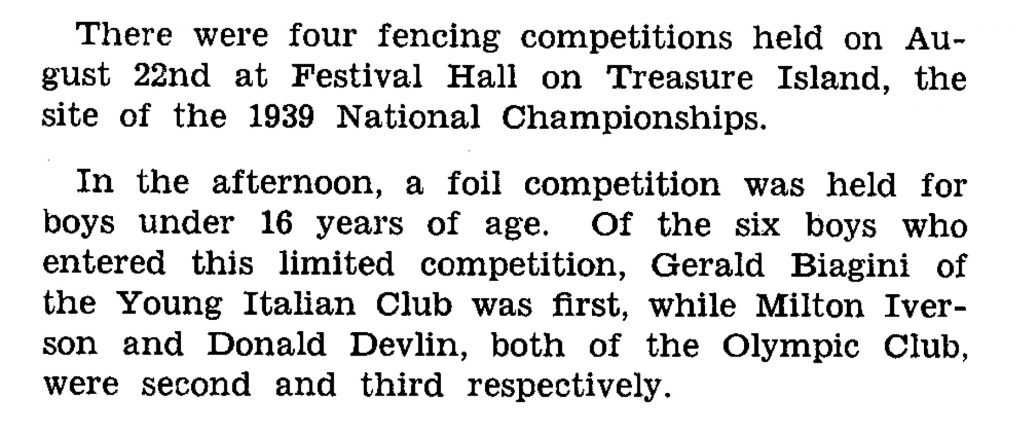
He was noticed again a few years later when he attended his first National Championships:
(As an aside, Gary Martin was, as noted, a pupil of Aldo Nadi’s. A great talent, he apparently lost interest in the sport after only a few years, having amassed a stellar record of victories up and down the West Coast, as well as catching the attention of the Easterners, as noted above. According to a teammate of Martin’s, Taylor Sloan, Gary quit, citing fencing as “too easy”. )
A couple more articles from American Fencing:
From 1951. Not a bad three-weekend run – and winning two fence-offs.
Also from 1951, Biagini takes 2nd at the NCAA Championships, defeating future Olympian (1956) Harold Goldsmith.
Mr. Biagini also has the 2nd highest number of wins of the Halberstadt Sabre competition, held annually from 1947 until 1962. Salvatore Giambra won the event a record 5 times, Biagini 4 times, and Dan Magay 3 times. Other winners included Sewell “Skip” Shurtz and Alex Orban. The sabres, made and presented by Hans Halberstadt, were slightly different every year. Here’s an example:
The 1952 version of the Halberstadt Sabre, in a case at Halberstadt Fencers Club and donated by the ’52 winner, Skip Shurtz.
From the Halberstadt Scrapbooks, here is a picture of Mr. Biagini from 1962, holding his presentation Halberstadt Sabre. As far as I can determine, this was the final Halberstadt Sabre Tournament held. By this time, Hans was about 77 years old, and possibly not up to making any more trophy sabres.
The 1962 winner of the Halberstadt Sabre.
In addition to local events, Biagini also made a mark on the National stage. Along with his Pannonia Athletic Club sabre teammates, he won three straight National team championships in 1960, ’61 and ’62.
The 1961 edition of the Pannonia Athletic Club’s US National Champion Team Sabre squad. From left to right: Jack Baker, Alex Orban, Julius Palffy-Alpar, (someone unknown by me, but Andy Shaw probably knows), Daniel Magay and Gerard Biagini. Alpar was coaching at the San Francisco School of Fencing at this time, but several of the members of this team were taking lessons with him. George Piller had passed away in 1960 and wasn’t replaced at Pannonia until Ferenc Marki arrived in 1962.
Not sure of the year for this photo, but here is Gerard holding the Sherman Hall Trophy for National Sabre Team Championships.
One last clipping from American Fencing, this one from 1985:
Many a young student attending San Francisco high schools owed their introduction to the sport of fencing to Gerard Biagini. I don’t know the full history of how he began the program or how many schools were involved, but I know he was a big reason why it lasted through the years. I believe it continues to go strong and they award some pretty cool trophies that I spotted in a Facebook post last year.
With all the above data points and photographic evidence, it still does little to present the true measure of this man. Gerard Biagini is a Gentleman, in the truest definition of the term. I’ve never, ever heard a bad word said about him, and the people who have mention him to me as a source spoke more truly than they may have realized.
Gerard Biagini – he knows.
1959 NCAA Sabre with Mike D’Asaro
I haven’t posted any missives about my long-time coach Michael D’Asaro (Senior) for a bit now, and I’ve been holding onto this little tid-bit for some time. So, it’s about time, no?
This film, a small part of a longer reel, was shot by Max Garret at the 1959 NCAA championships held at the Naval Academy. Garret coached at the University of Illinois for 28 years. His collection of fencing films fell to Andy Shaw at the Museum of American Fencing. Andy, in turn, entrusted them to me to get digital transfers made. And so, voila! Fencing film from 1959 – the year I was born!
NYU, coached by Hugo Castello, was a powerhouse at the NCAA’s for many years. Here’s a look at the 1959 squad:
I can’t name everyone in this photo, but Hugo Castello is in the front row, far left, and Michael is right next to him.
However, it was not the year for the Violets as the Naval Academy cleaned house at this competition, taking 1st in all 3 weapons. Turnabout being fair play, as is sometimes said, NYU pulled off the same trick the following year, with Michael taking 1st in sabre. (Keep in mind, the NCAA didn’t hold a women’s championships until 1982. The women have had their own governing body for fencing championships since 1929, the NIWFA – which still holds a separate annual championship.) Michael finished 2nd to Alfonso Morales, who would go on to win the US Nationals twice and was a member of four US Olympic teams. Here’s how they finished in the sabre event:
Mike and Al were also teammates many times, including the 1959 Pan Am games, the 1960 Olympic sabre team (they finished 4th) and both were members of the US Army’s Pentathlon squad that trained in Fort Sam Houston, Texas. (For any New Yorkers, that’s “Hugh-stun” and not “How-stun”. Ok… long story. Not pertinent.)
Here they are during their time in the US Army, as PFC D’Asaro and Lieutenant Morales:
Al in the middle and Michael on the right are caught sabre-clowning with the wife of Ft. Sam’s Lieutenant Colonel of Dentistry. And before you ask, No, I did not make that up.
So, let’s take a look at an old film clip, courtesy of Max Garret via Andy Shaw. I’ve cut it down to just the clips of Michael, as he’s really the only fencer I’ve been able to positively ID. Although to be fair, he made it easy. It would seem to me that Michael knew there was a camera rolling; he’s the only fencer to get his mask off so that his face can be seen on film. Clever guy.
Tough bouts with George Nonomura
At last year’s Nationals in San Jose, I was able to sit down with George Nonomura and chat about his fencing career.
Now, George is, and has always been, one of the nicest, friendliest people around. So when I posed the question about who might have been his nemesis on the strip, I didn’t know quite what to expect. Surprise! Nice as he is, he wasn’t ever shy about stepping up to fight when it was called for. And, as one of the fencers he mentions is soon to be on his way to Rio as an Olympic coach for Team USA Fencing, it seemed like a good time to drop this short clip.
Enjoy!
Lorem Ipsum Dolor
Nunc et vestibulum velit. Suspendisse euismod eros vel urna bibendum gravida. Phasellus et metus nec dui ornare molestie. In consequat urna sed tincidunt euismod. Praesent non pharetra arcu, at tincidunt sapien. Nullam lobortis ultricies bibendum. Duis elit leo, porta vel nisl in, ullamcorper scelerisque velit. Fusce volutpat purus dolor, vel pulvinar dui porttitor sed. Phasellus ac odio eu quam varius elementum sit amet euismod justo.
Lorem Ipsum Dolor
Nunc et vestibulum velit. Suspendisse euismod eros vel urna bibendum gravida. Phasellus et metus nec dui ornare molestie. In consequat urna sed tincidunt euismod. Praesent non pharetra arcu, at tincidunt sapien. Nullam lobortis ultricies bibendum. Duis elit leo, porta vel nisl in, ullamcorper scelerisque velit. Fusce volutpat purus dolor, vel pulvinar dui porttitor sed. Phasellus ac odio eu quam varius elementum sit amet euismod justo.

